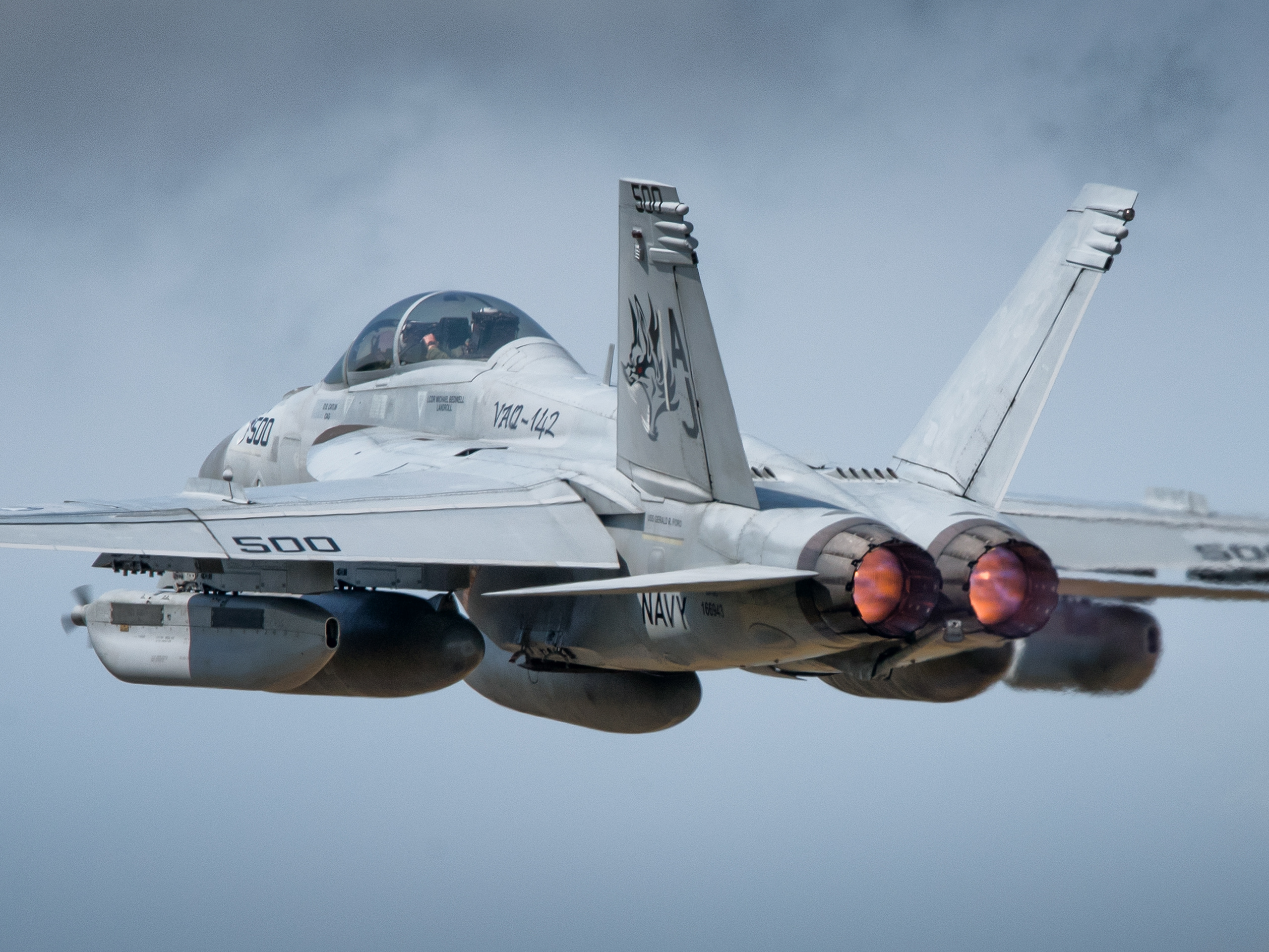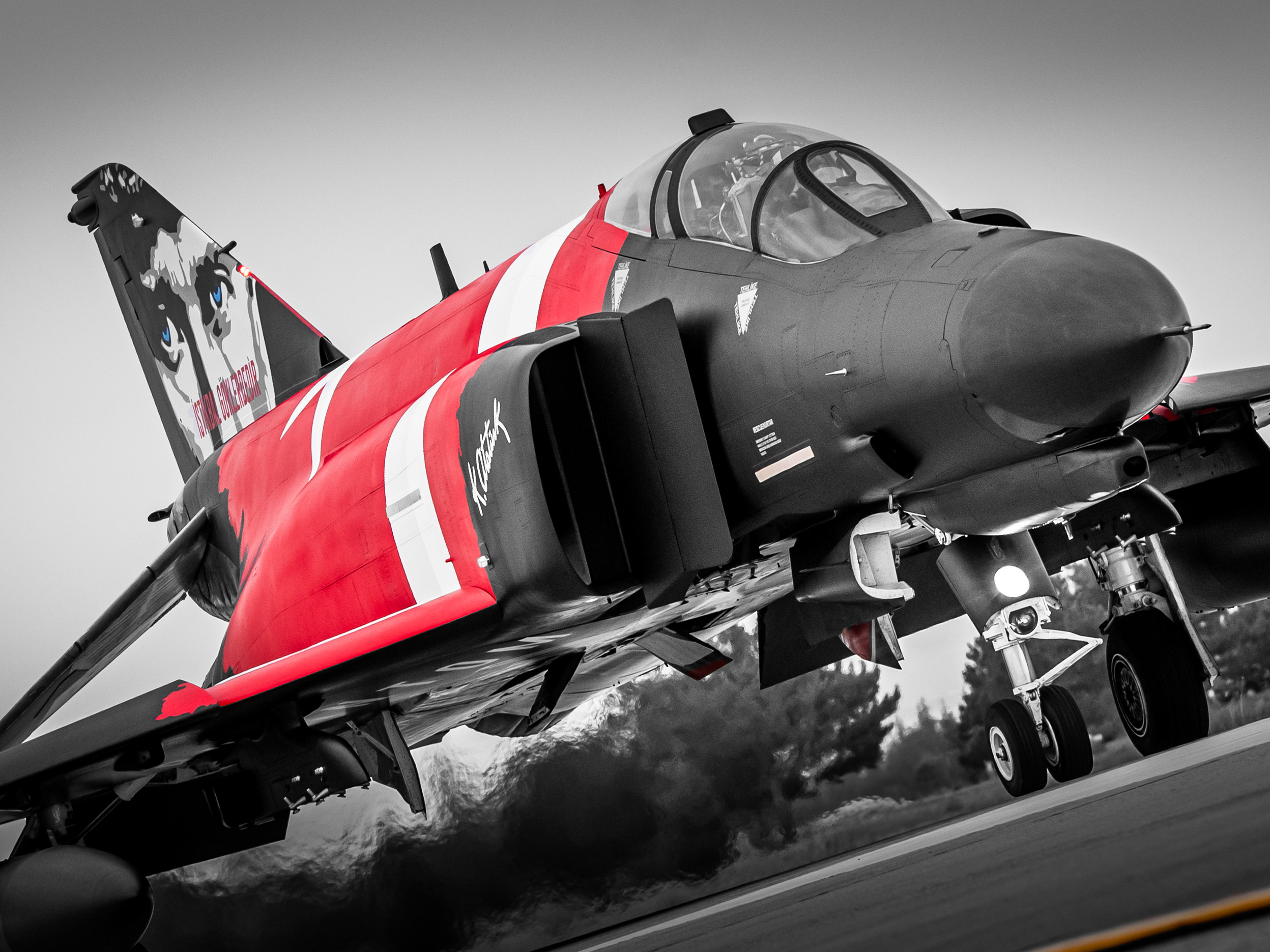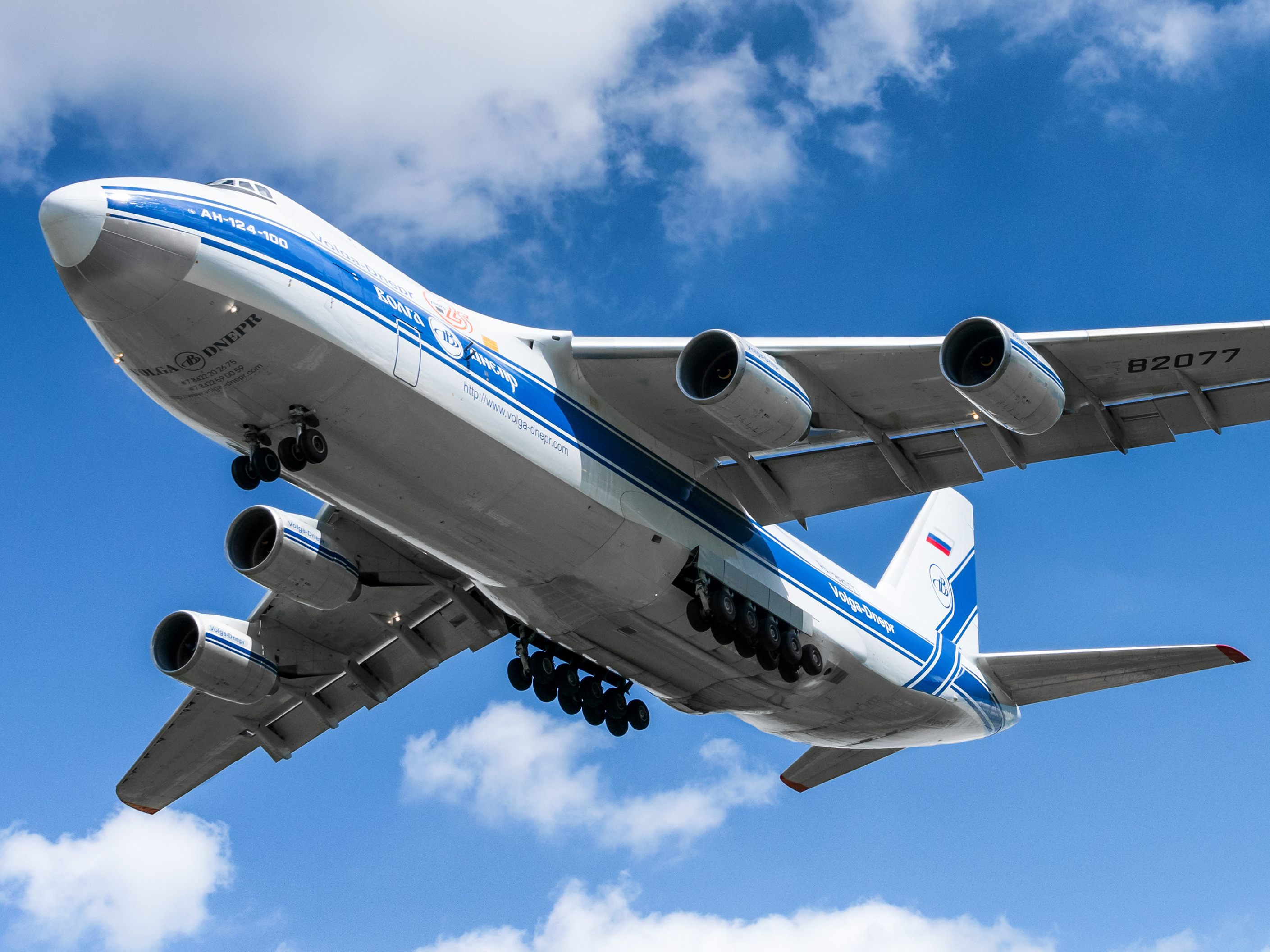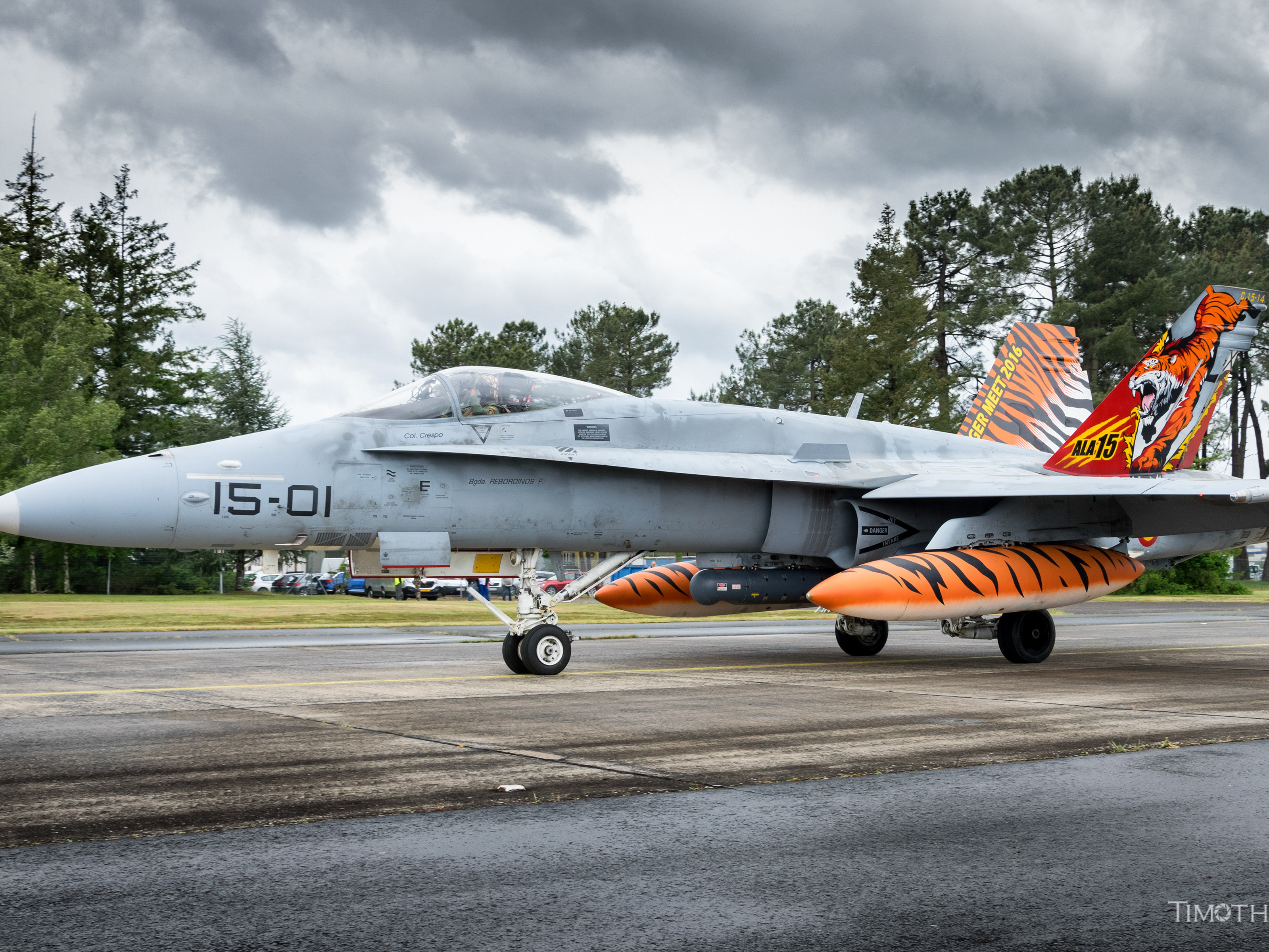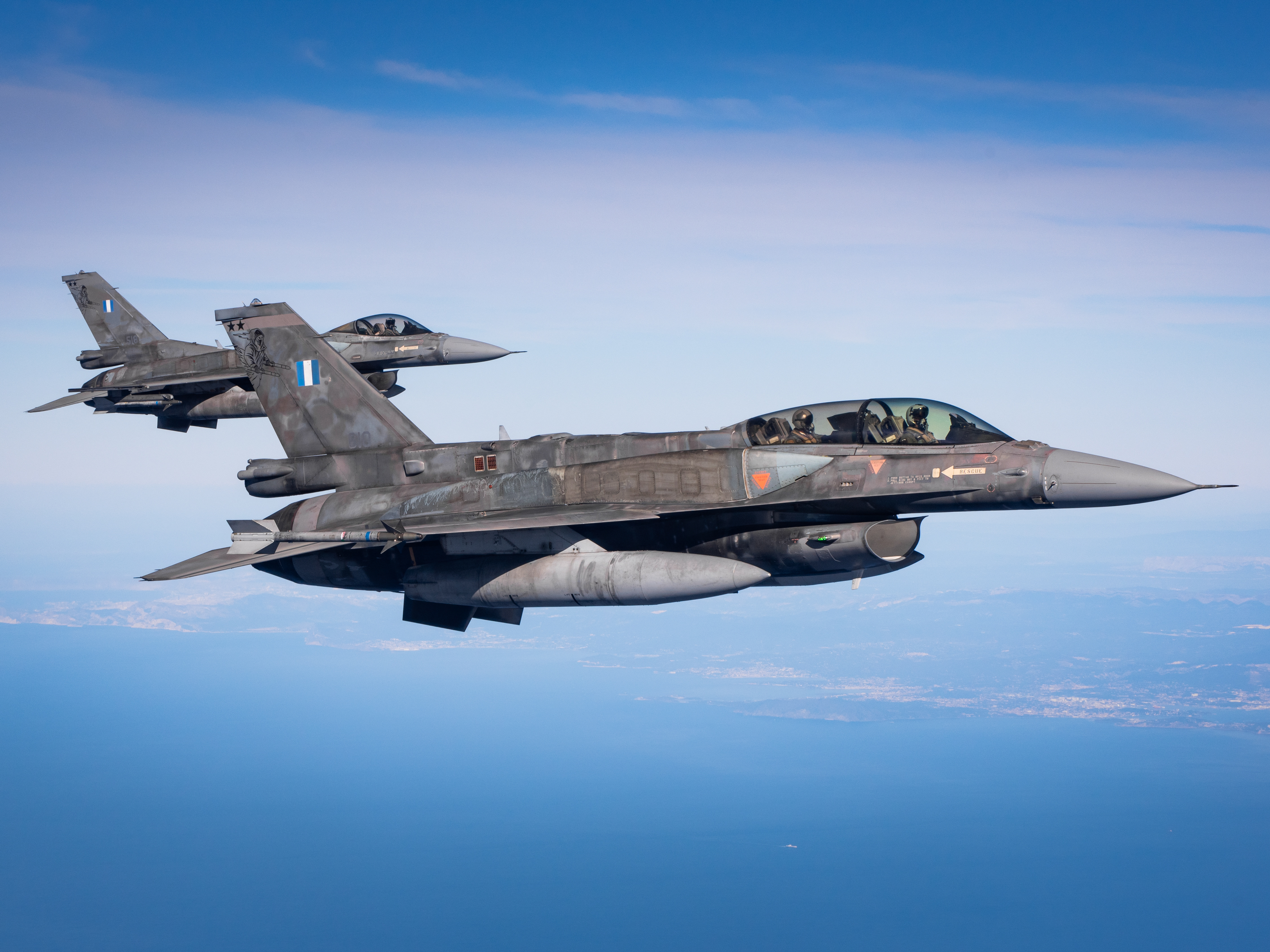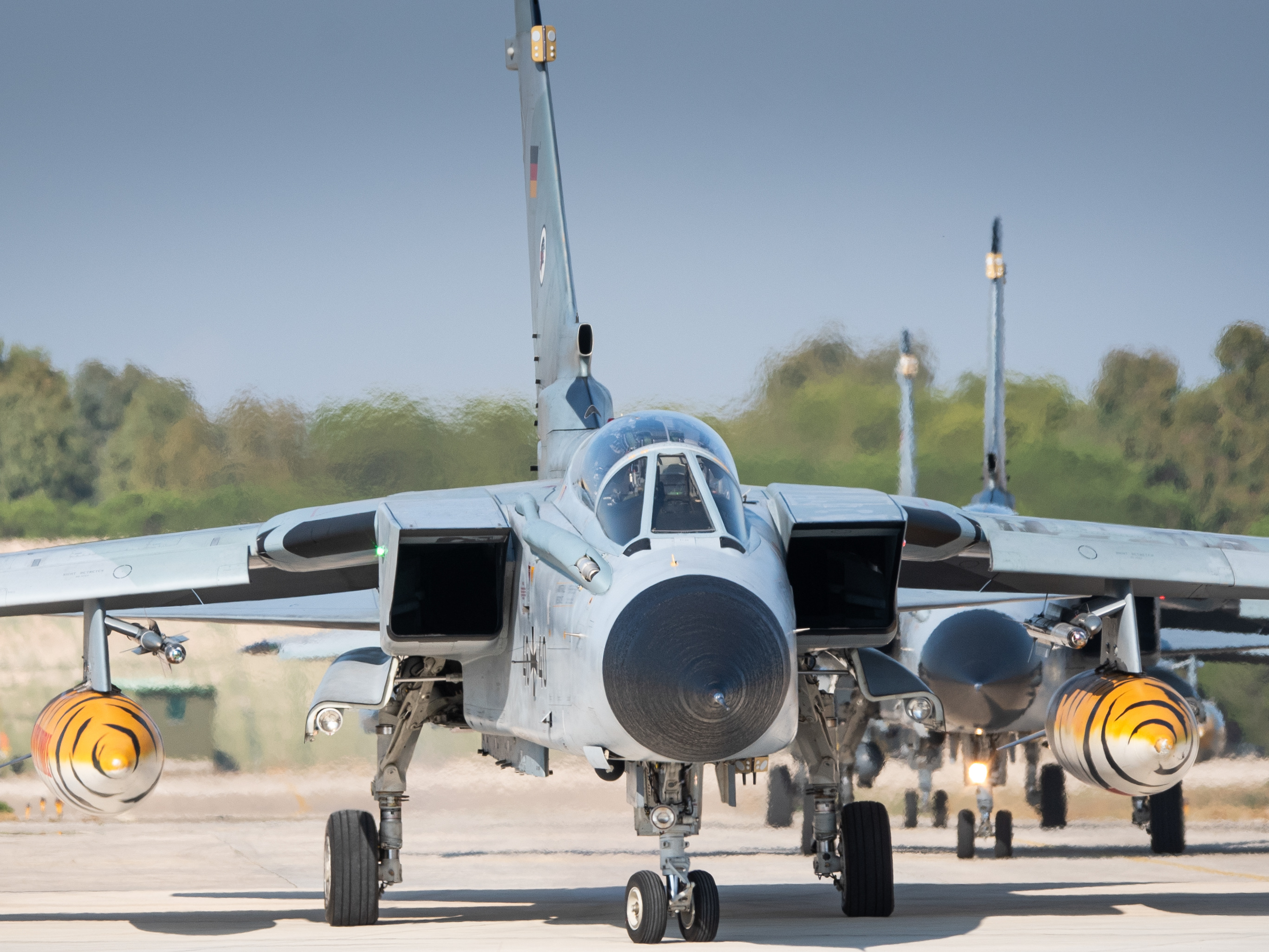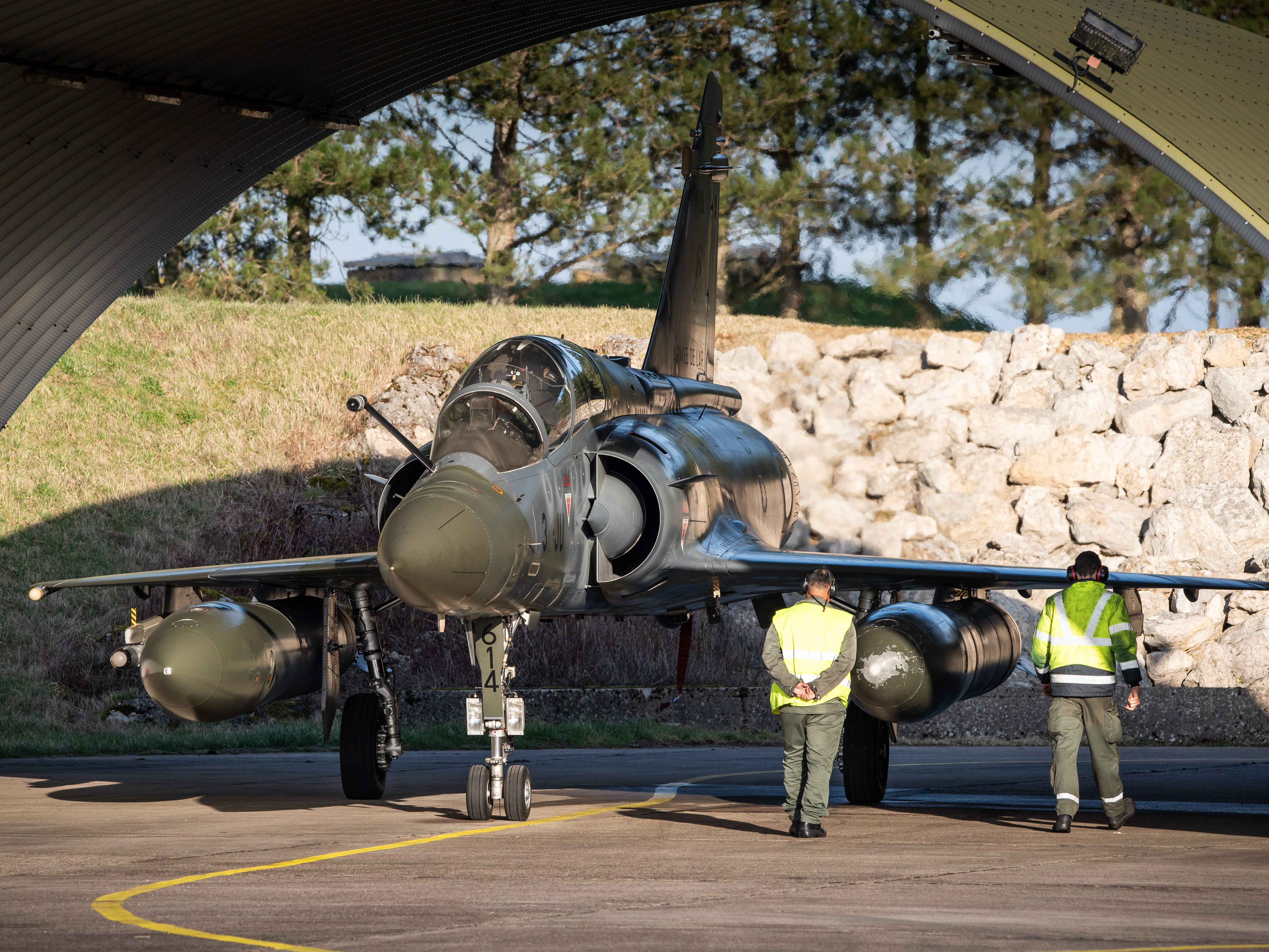After almost 4 decades of active service, the Su-22 has officially been withdrawn from the Polish Air Force. The type, once the backbone of Poland’s tactical strike capability, leaves behind a legacy of low-level operations, training roles, and Cold War readiness that defined generations of Polish pilots and ground crews. Its official retirement in September 2025 marks the end of Fitter operation in Europe, as well as a decisive step towards the country's Air Force modernization.

Polish Air Force Sukhoi Su-22M4 Fitter back from a reconnaissance mission with a KKR-1 pod
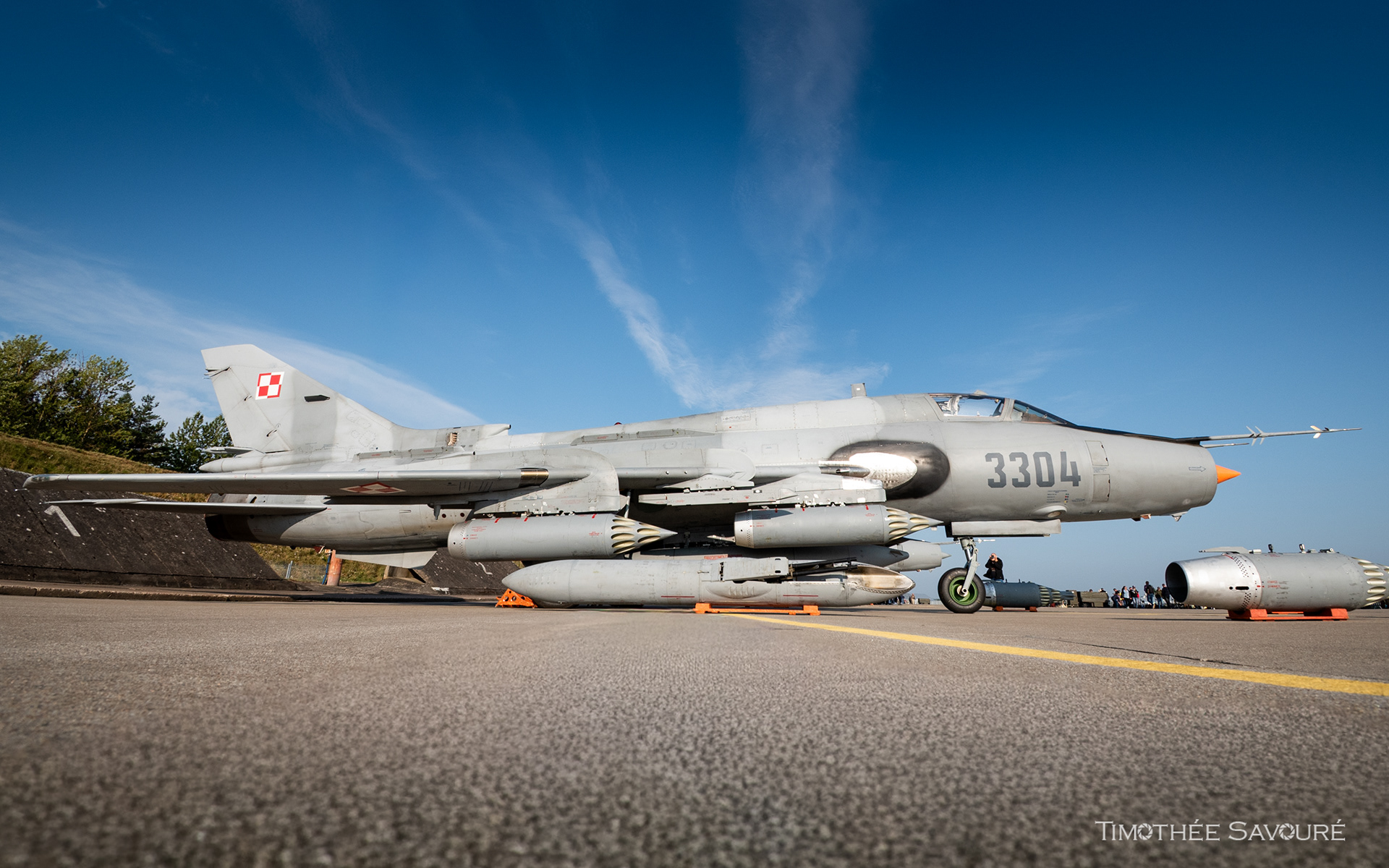
Polish Air Force Sukhoi Su-22M4 Fitter on Miroslawiec apron
The Fitter in the Polish Air Force
Poland introduced its first Su-20s in 1974, followed in the 1980s by the improved Su-22M4 and Su-22UM3K two-seat trainer versions. The fleet grew to allow the Polish Air Force to operate more than 110 Fitters in the 1990s. The M4 variant, powered by the Lyulka AL-21F-3 turbojet rated at 24,675 lbf with afterburner, could reach speeds up to Mach 1.7 and carry up to 4,000 kg of external stores on ten hardpoints. The aircraft’s variable-geometry wings provided better take-off performance and stability at low altitude — ideal for Poland’s Cold War doctrine, which expected tactical jets to operate from dispersed or semi-prepared airfields. Bases such as Świdwin and Mirosławiec became long-term homes for the type, offering rapid-turnaround capability close to Poland’s western frontier.
During the Cold War, the Su-22’s role centered on three mission types: tactical strike, battlefield interdiction, and close air support (CAS).
The Su-22M4’s main role was precision strike against fixed ground targets (command posts, bridges, radar stations) using FAB-250/500 bombs, cluster munitions, and unguided S-5 or S-8 rocket pods. Later, small quantities of Kh-25 and Kh-29 guided missiles were introduced for limited training use. With a combat radius of roughly 450 km, the Fitter could reach most operational targets within Poland and neighboring regions, flying under Warsaw Pact control networks.
Polish pilots also trained extensively in low-altitude flight, often below 200 m, to strike reinforcements or supply lines. Navigation was primarily visual, with minimal radar assistance. Missions emphasized speed and precision timing rather than electronics — a reflection of Soviet-style tactical doctrine. Additionally, armed with cannons and rockets, the Su-22 could perform direct-support missions for ground troops. In the 1990s and 2000s, it became a key player for joint exercises with Polish Army forward air controllers, ensuring continued CAS proficiency as the Air Force restructured.
Following 1991, the Su-22 remained useful as a cost-effective strike and training platform. Its continued service helped maintain a capable ground-attack force while Poland shifted toward NATO standards. When the F-16C/D Block 52+ Fighting Falcon entered service in 2006, it became the country’s first truly modern multirole fighter, taking over the precision-strike and air-defense missions that the Su-22 and MiG-29 had covered separately. However, the F-16’s and MiG-29 high operational cost and limited availability meant the Su-22 still had a role of reliable and low-cost flight training, weapons practice, and aggressor duties during national and international (NATO) exercises. In many ways, the Su-22 acted as a practical stepping-stone between the analog Warsaw Pact generation and the digital NATO era — its pilots adapting Cold War tactics to modern procedures while new F-16 squadrons built experience.
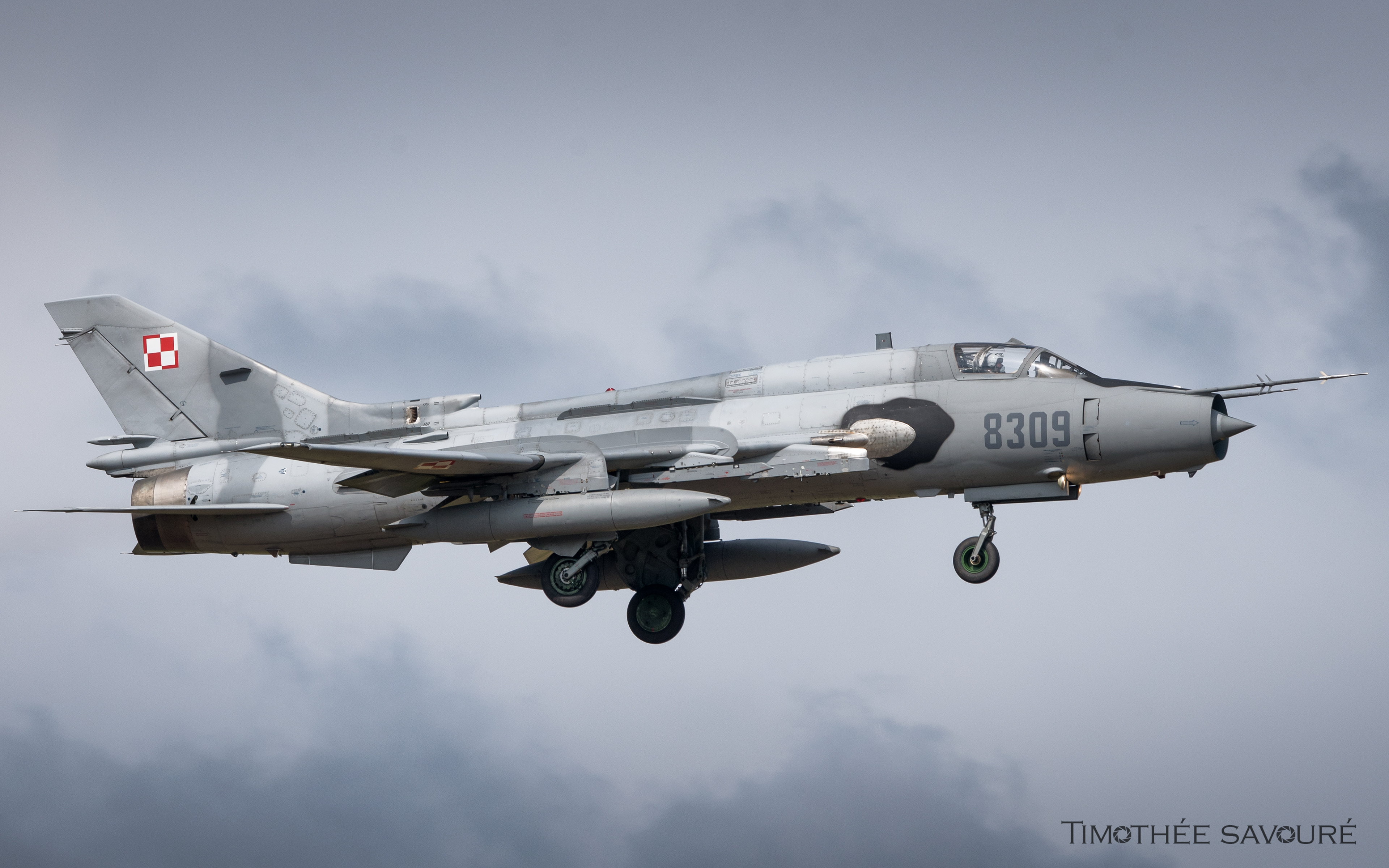
Polish Air Force Sukhoi Su-22M4 Fitter n°8309 in Mińsk Mazowiecki
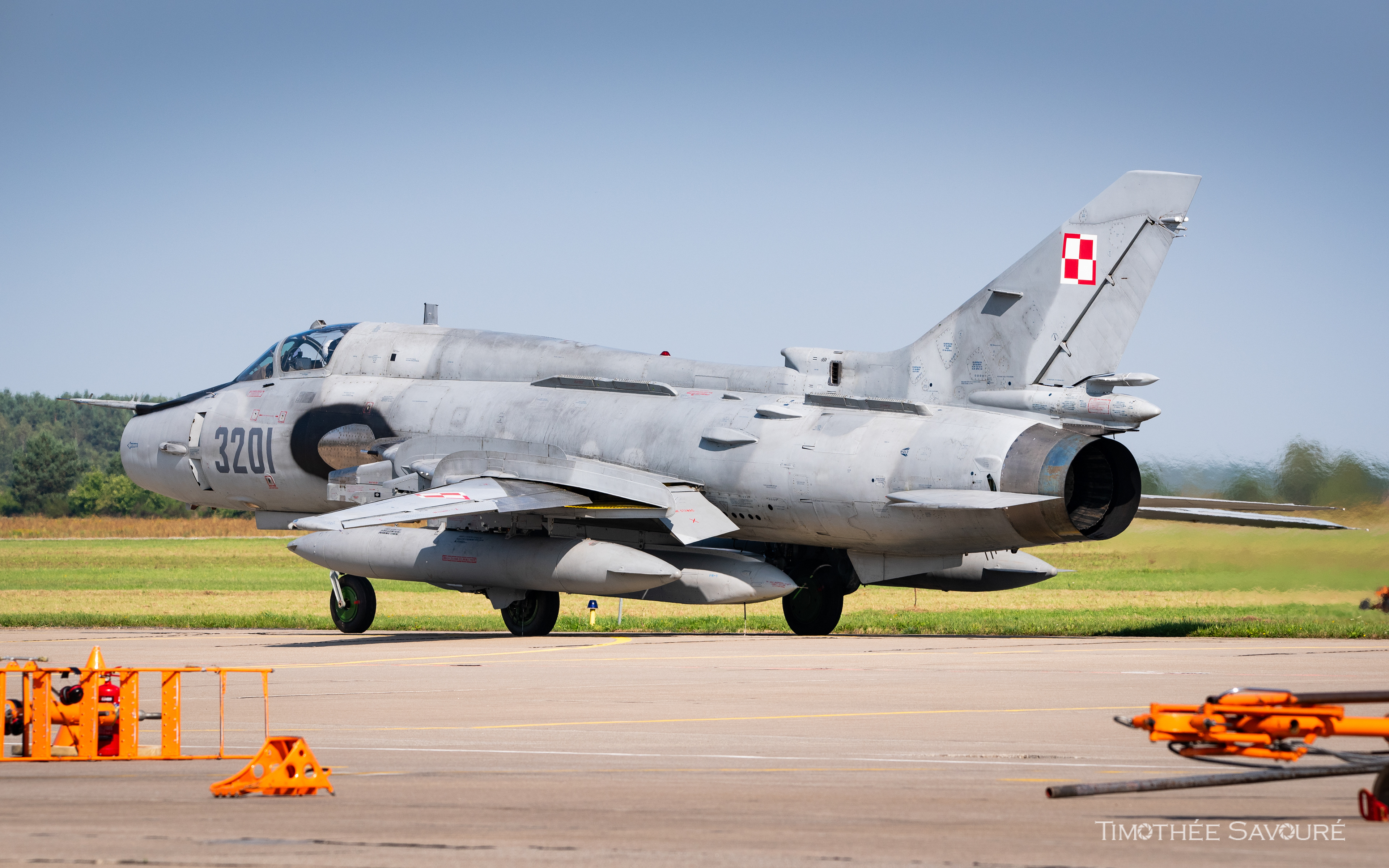
Polish Air Force Sukhoi Su-22M4 Fitter n°3201 in Miroslawiec
The last decade of operation
By the 2010s, Su-22 operations focused mainly on training and secondary strike duties. Aircraft from the 7th and 8th Tactical Squadrons supported live-fire ranges, close-air-support training, and occasional participation in international exercises. Despite the limited scope of upgrades, the aircraft remained reliable, and maintenance teams managed to keep them flying well past their expected lifespan.
A 2015 modernization program extended the type’s life for another decade. Eighteen aircraft received NATO-compatible radios, GPS navigation, and cockpit safety improvements. The distinctive green-brown camouflage was also replaced by low-visibility grey, aligning the jets visually with Poland’s modern fleet. The remaining jets were all moved to Mirosławiec among the 1 Skrzydła Lotnictwa Taktycznego (1st Tactical Air Wing), where they served all kinds of missions.
Even with this modernization program, flying the Su-22 demanded manual precision and situational awareness. Its analog cockpit and mechanical systems left little room for automation, requiring pilots to manage every aspect of flight and weapons delivery. Two-seat Su-22UM3Ks proved essential for advanced strike training, and their durability made them valuable even as single-seat M4s aged out of service. Spare parts became increasingly difficult to obtain, yet Polish technicians kept the fleet airworthy through a combination of local manufacture, component cannibalization, and ingenuity. The local WZL nr 2 repair facility in Bydgoszcz were contracted by the Air Force to maintain the remaining aircraft.
The Ministry of Defence confirmed the Su-22’s withdrawal in 2024, coinciding with the first delivieries of the Korean-made KAI FA-50 Fighting Eagle. This new fighter replaces the Su-22 in the light strike and lead-in training category. It also provides NATO-standard communications, precision weapons integration, and a modern training environment for new pilots — tasks that once relied on the Su-22’s simplicity and low cost. The future introduction of 32 ordered F-35A (locally nicknamed Husarz) in 2027 will also seal the hole created by the retirement of the Su-22. The Fitters were the stars of many shows in Poland and in Europe in the last decade, especially during Radom Air Show: find Jet Blast Area's report of this great airshow here.

The first batch of Polish Air Force KAI FA-50 Fighting Eagle was delivered in 2023
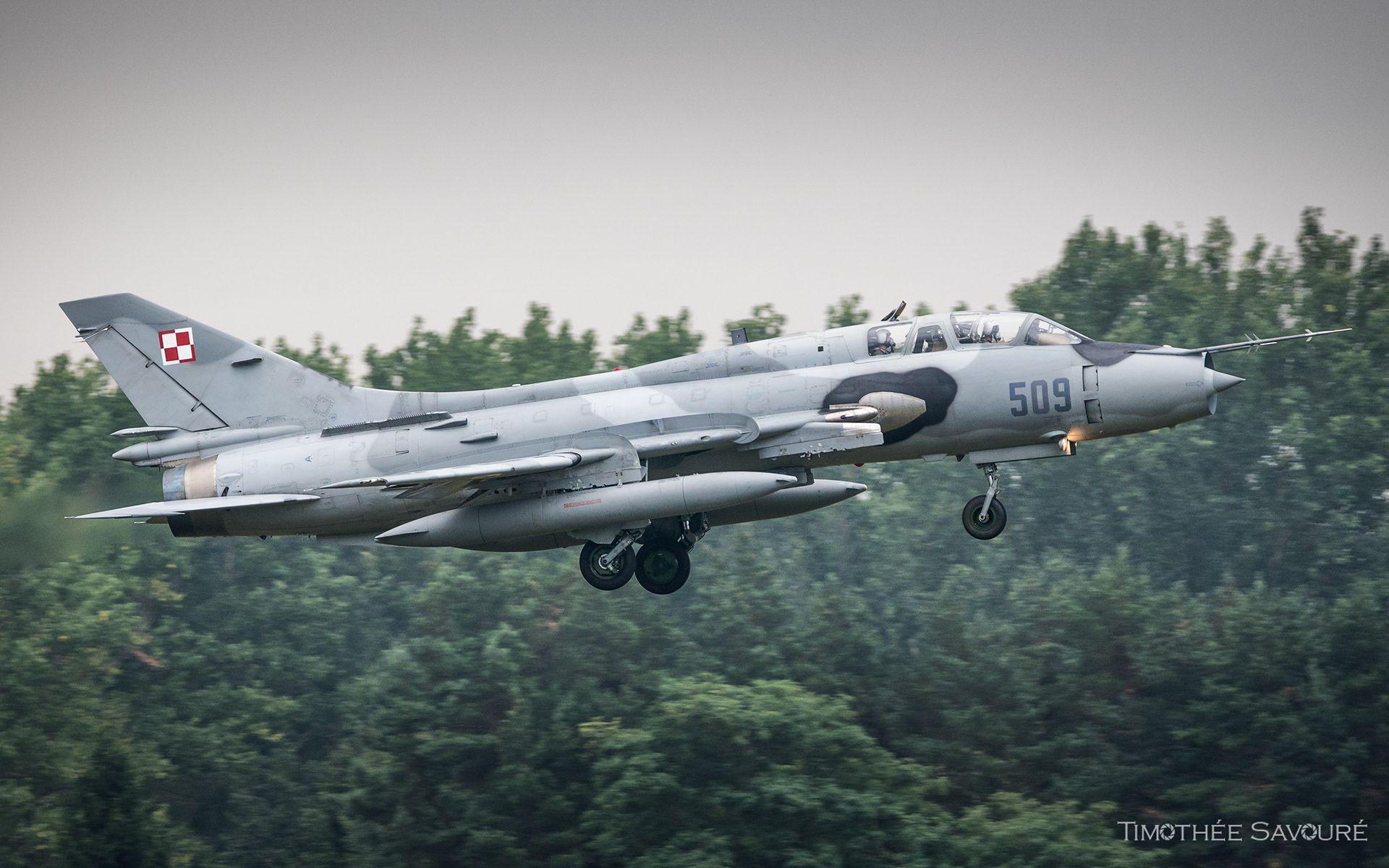
Polish Air Force Sukhoi Su-22UM3K Fitter n°509 in Mińsk Mazowiecki
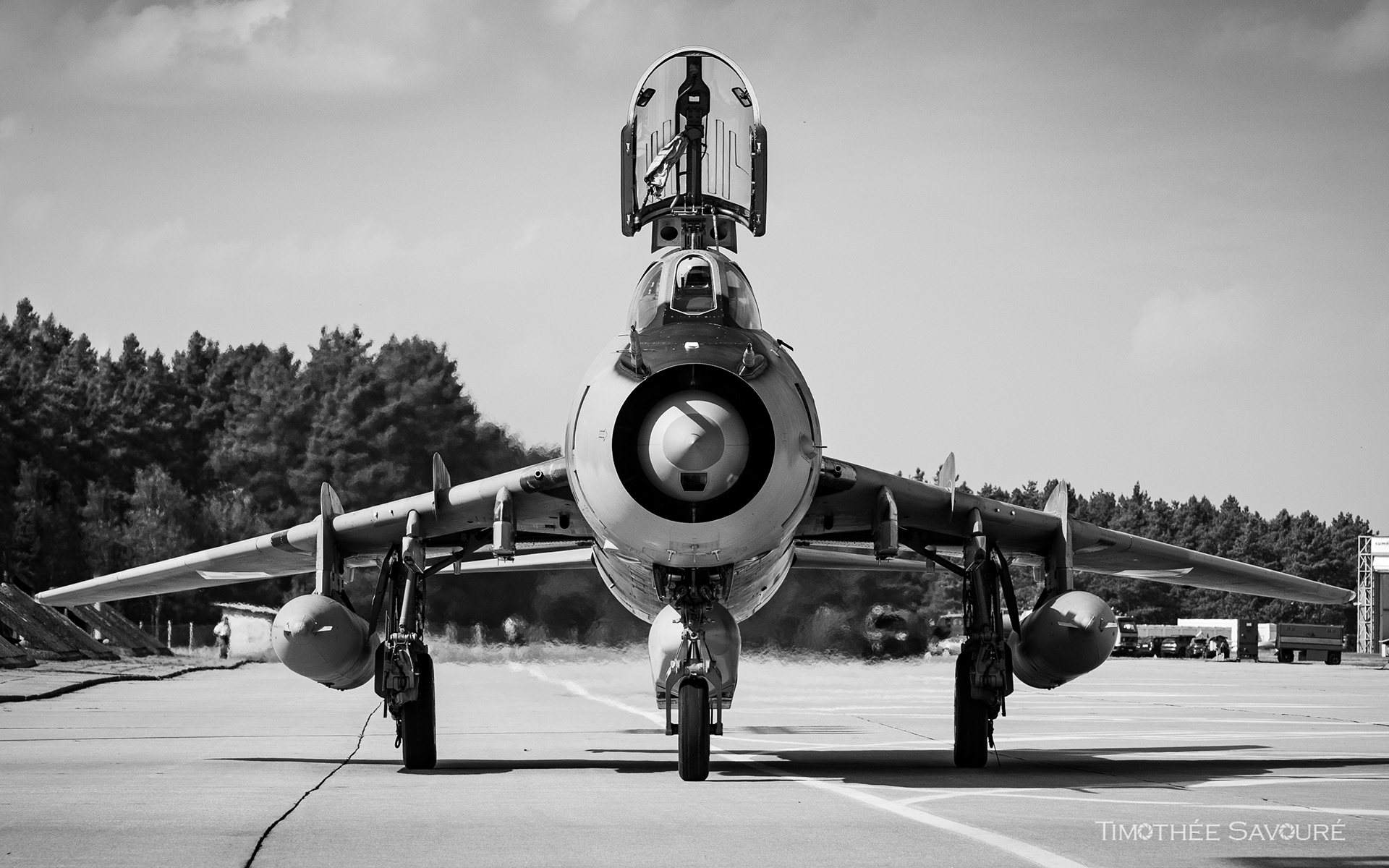
The characteristic silhouette of the Sukhoi Su-22 will be missed in Europe
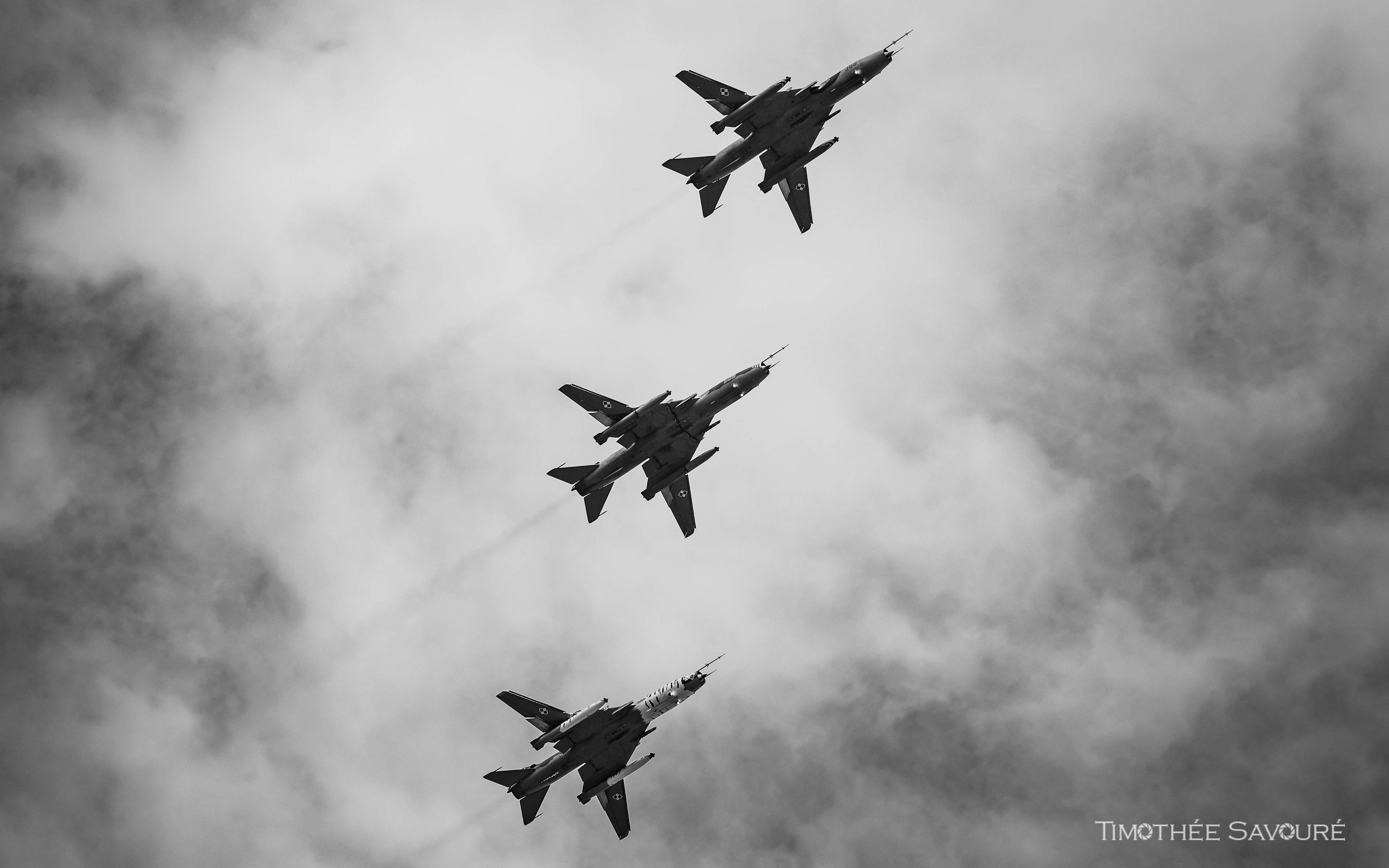
A trio of Fitters recovering in Miroslawiec after their last official flight
From the Fitter to the future
While the Su-22 was defined by low-level attack profiles and unguided weapons delivery, the FA-50 and F-35 embody an entirely new approach: precision, integration, and data sharing. The transition reflects a doctrinal shift from independent pilot judgment and speed-based survivability to network-centric warfare and information dominance. The F-16C/D remains the central multirole workhorse of the Polish Air Force, bridging the gap between the lightweight FA-50 and the fifth-generation F-35A. It provides the majority of day-to-day combat capability, performing both defensive counter-air and precision strike tasks — roles that the Su-22 once covered separately, but now consolidated in a single, flexible platform.
On September 10th, 2025, a media event was held at Mirosławiec Air Base to mark the final flights of the Polish Sukhoi Su-22s. A few lucky photographers were able to witness flights from four Fitters, including three aircraft in special paint schemes. The first, coded 707, wore a Tiger livery well known among European aviation photographers, having carried the scheme for nearly a decade. The second special aircraft, painted only a few months before the event, featured a unique design celebrating the two color schemes worn by the Fitter in Polish service: a green-toned forward fuselage combined with the standard Polish Air Force grey on the rear fuselage and wings. Finally, the Polish Air Force unveiled a special red-and-white tail to commemorate the type’s retirement, marked with the inscription “1984–2025”, a tribute to more than four decades of Su-22 operations in Poland.
During the media day, the three special liveries flew a morning sortie, with a flypast of the three main bases that hosted the Fitter in the Polish Air Force: Pila, Świdwin and Mirosławiec. A single-seater also flew a training mission equipped with a very interesting KKR-1 pod: a modular reconnaissance pod that combined photo, infrared, and electronic sensors, allowing Poland’s Fitters to perform tactical reconnaissance missions alongside their strike role with minimal reconfiguration. In the afternoon a pair of Sukhois flew to perform some flypasts, showing the attack role of the Fitter.
With Poland’s Su-22s now officially retired, the type remains in limited service only with Angola, Libya (where just a few aircraft are believed to remain operational), and Vietnam, set to retire them by 2027. A small number are also thought to be active in Iran, Syria, and Yemen, although their exact status, especially following recent Israeli airstrikes and ongoing regional conflicts, is highly uncertain.
Although the Su-22’s retirement is now official, reports from aviation enthusiasts and local residents suggest that the story may not be entirely over. In the weeks following the ceremony, Su-22s were observed flying near Poznań and Mirosławiec, conducting what appeared to be short training or maintenance flights. The Polish Air Force has not commented publicly on these sightings, and it remains unclear how many aircraft remain airworthy or for how long. Whether these flights represent final maintenance check-outs, post-storage testing, or limited continued use is unknown. What is certain is that, even after half a century of service, the Fitter’s silhouette has not completely disappeared from Polish skies.
Jet Blast Area would like to thank the 1 Slt. of the Polish Air Force for the organization of the September 10th Media Day and the opportunity to witness the last official flights of the last European Fitters.
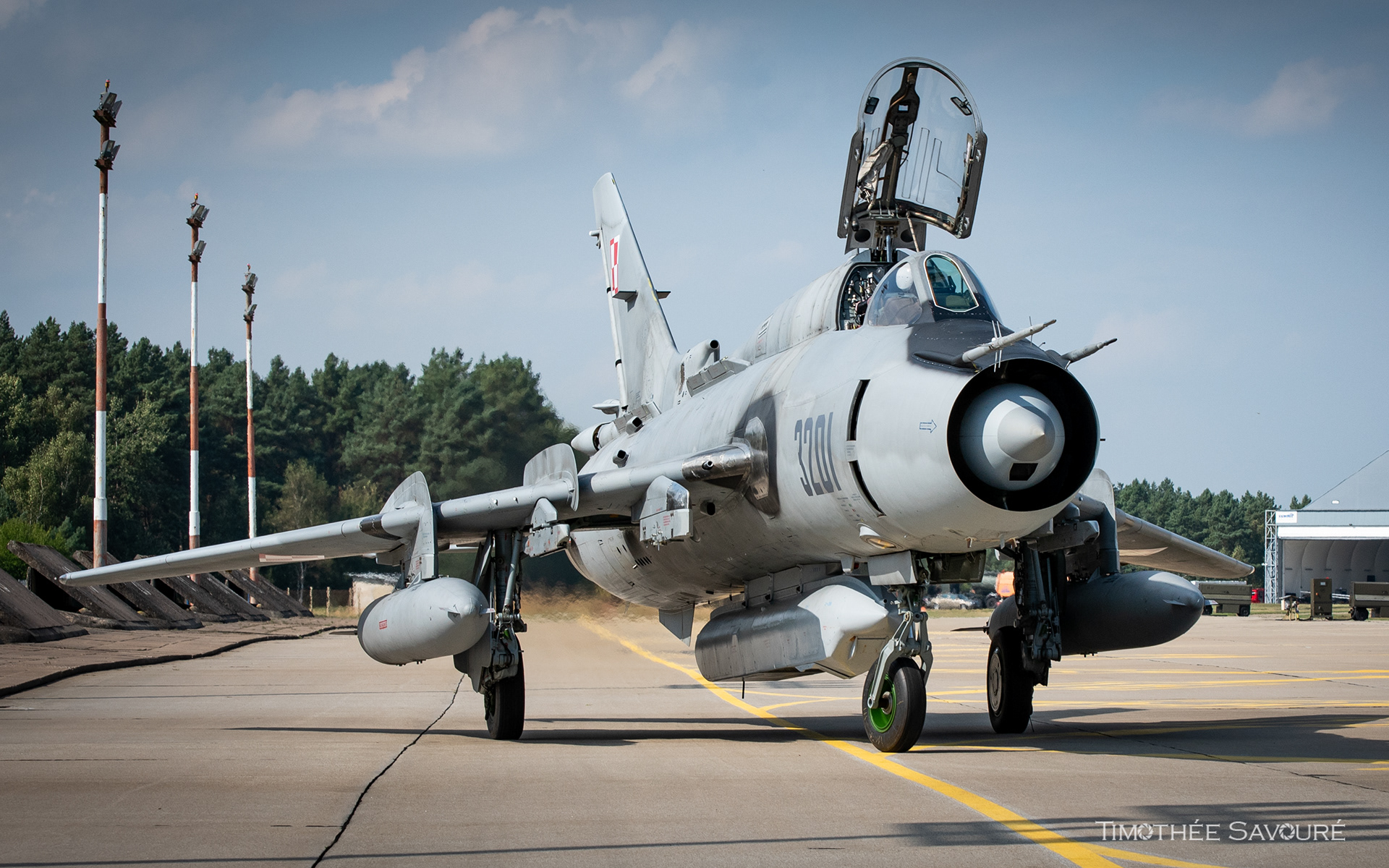
The Sukhoi Su-22M4 could be equipped with the Russian-built KKR-1 Reconnaissance pod
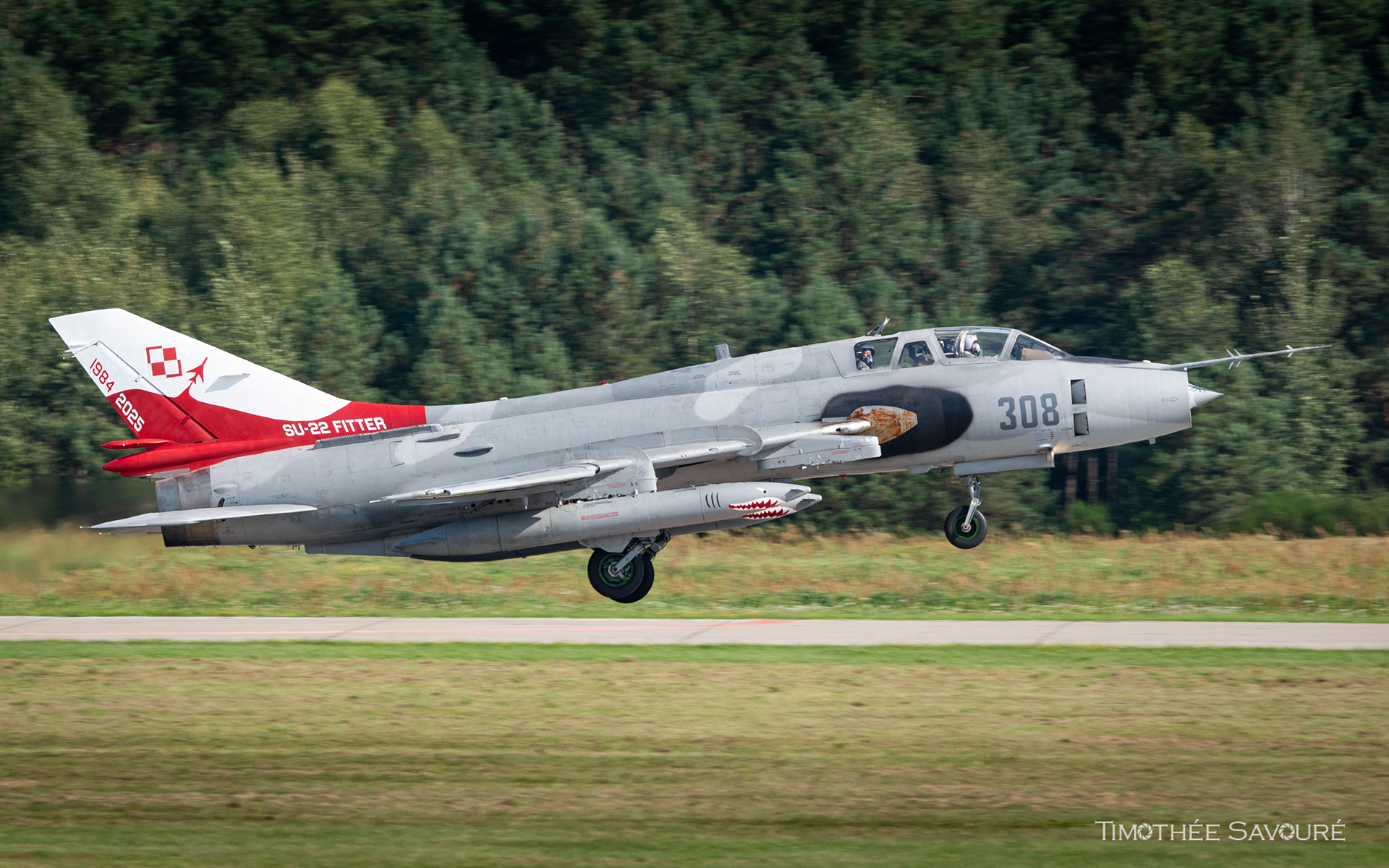
Su-22 Fitter n°308 with its special tail for the retirement in 2025

The characteristic silhouette of the Fitter in Miroslawiec
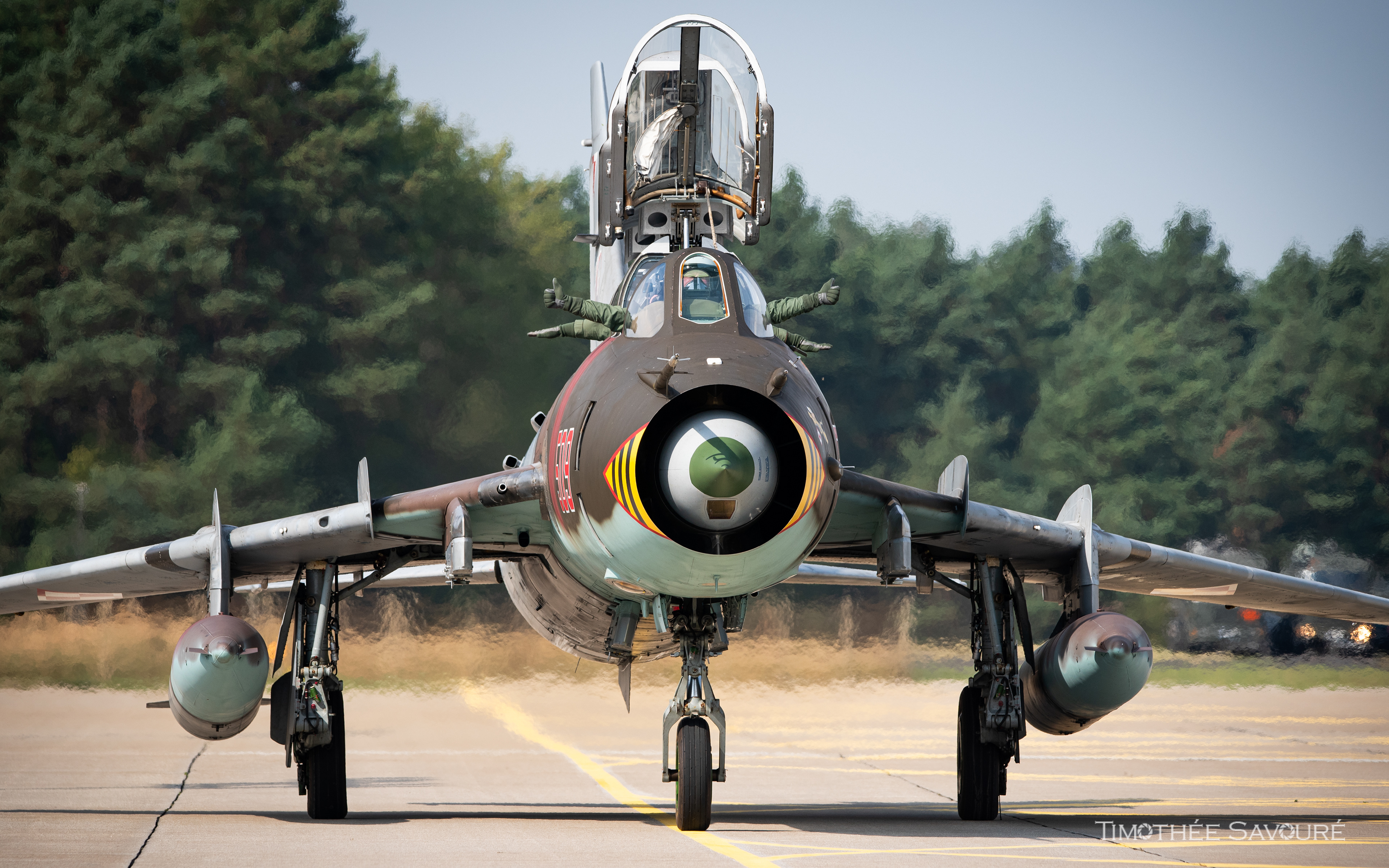
Hands out for the pilot and WSO of this Fitter for probably their last flight on the type
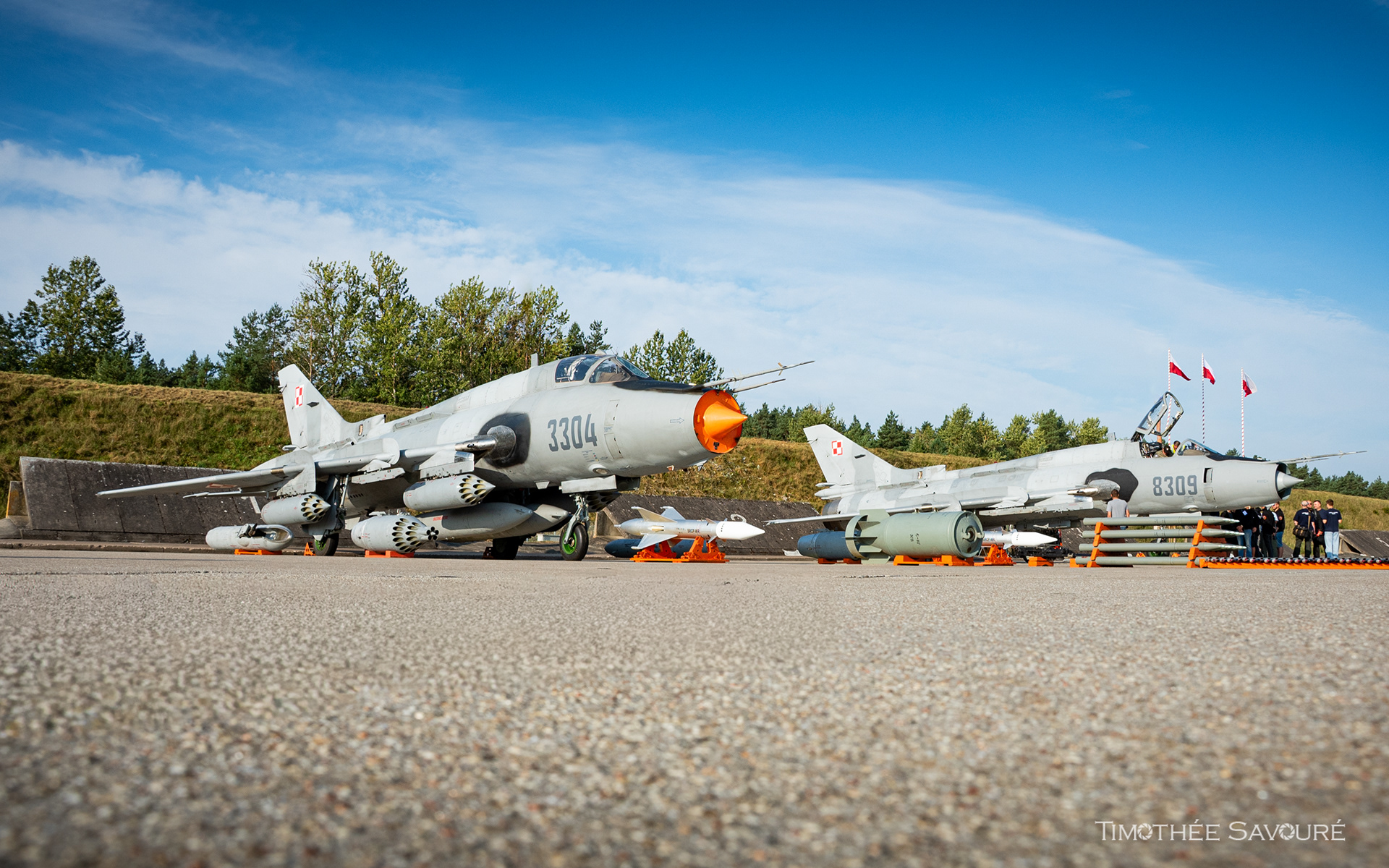
Miroslawiec was the last operational base for the Polish Su-22 Fitter
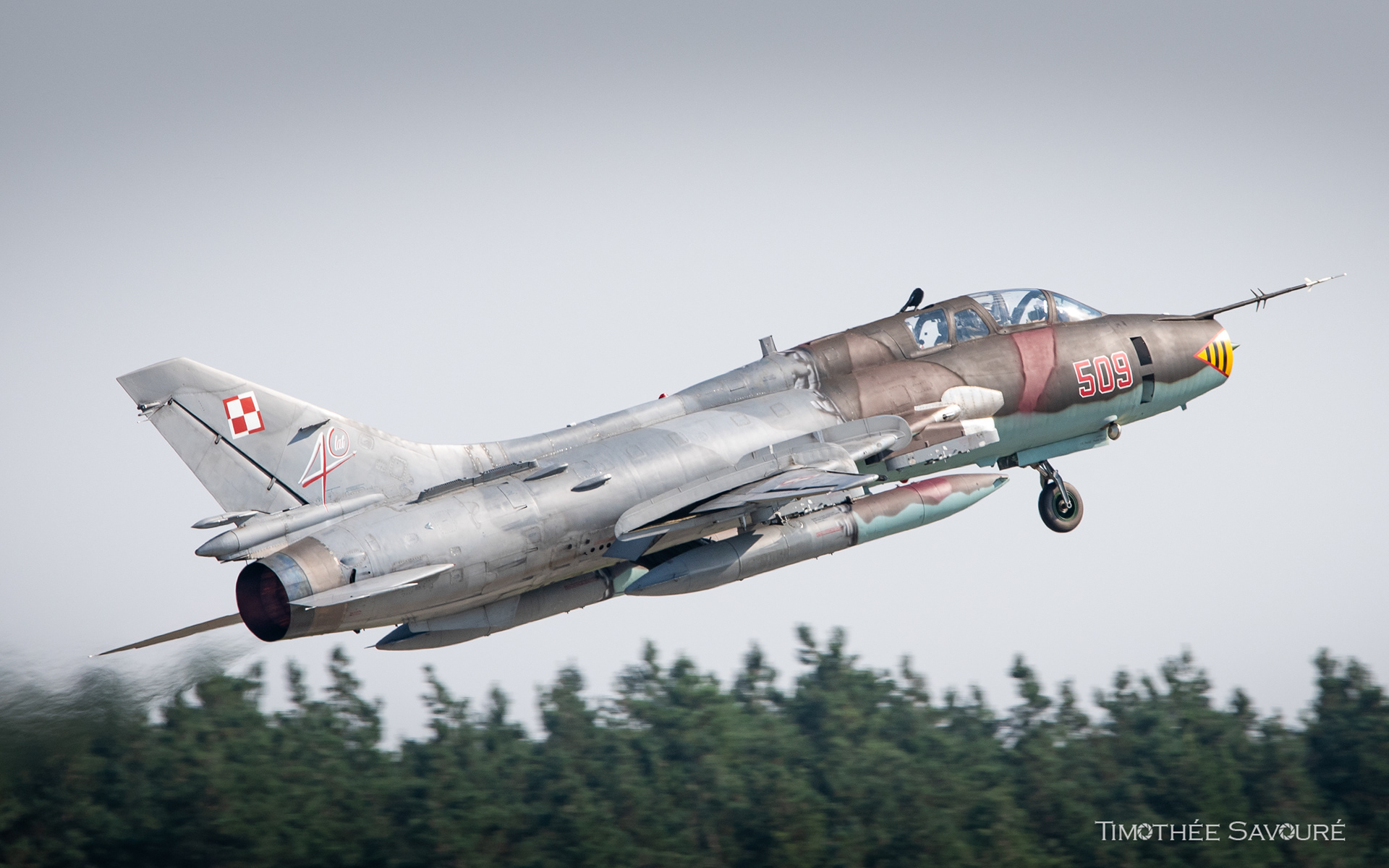
Departure from Mirosławiec for this Su-22UM3K with a hybrid livery
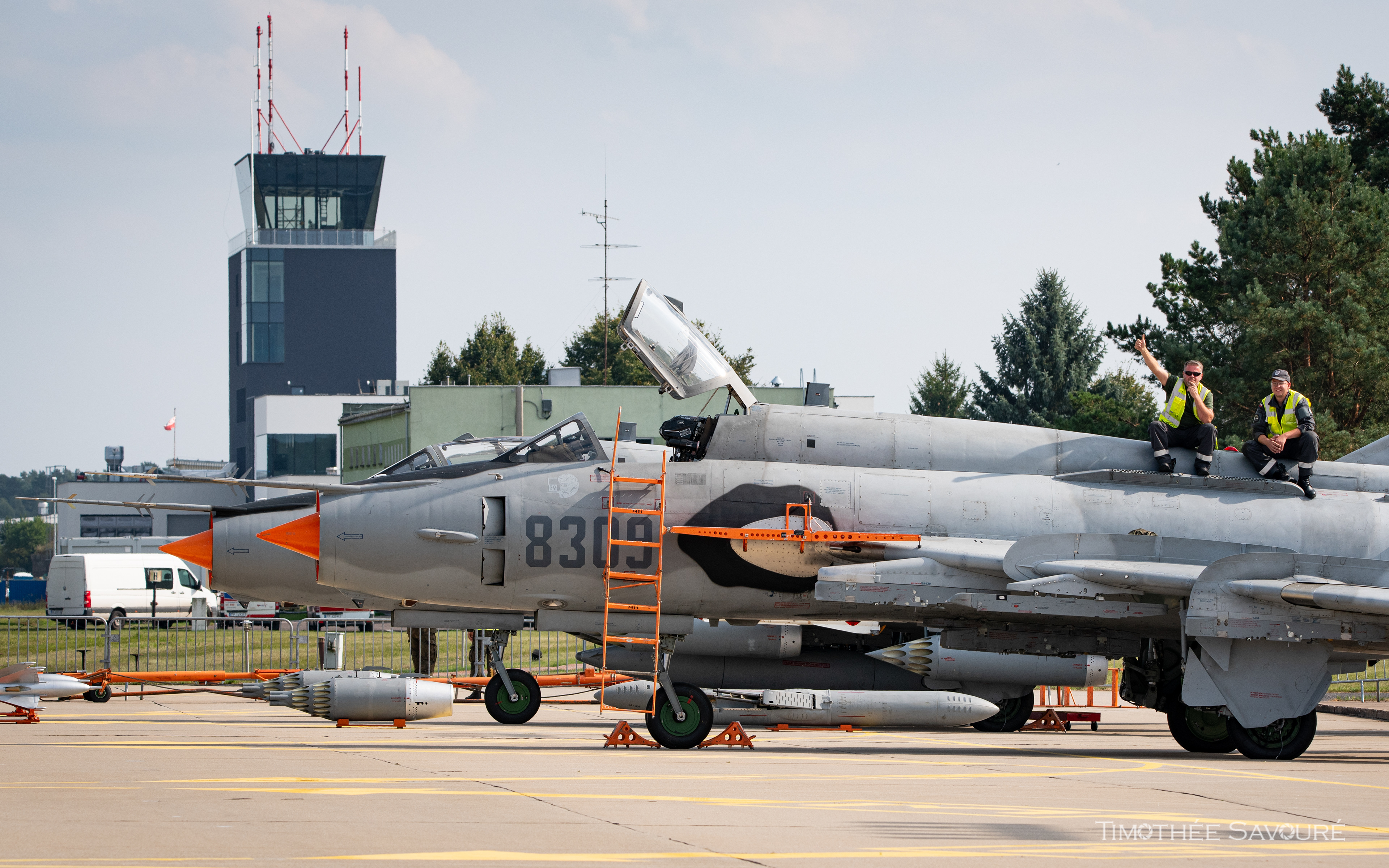
Ground crews enjoying the last days of operation for the Su-22
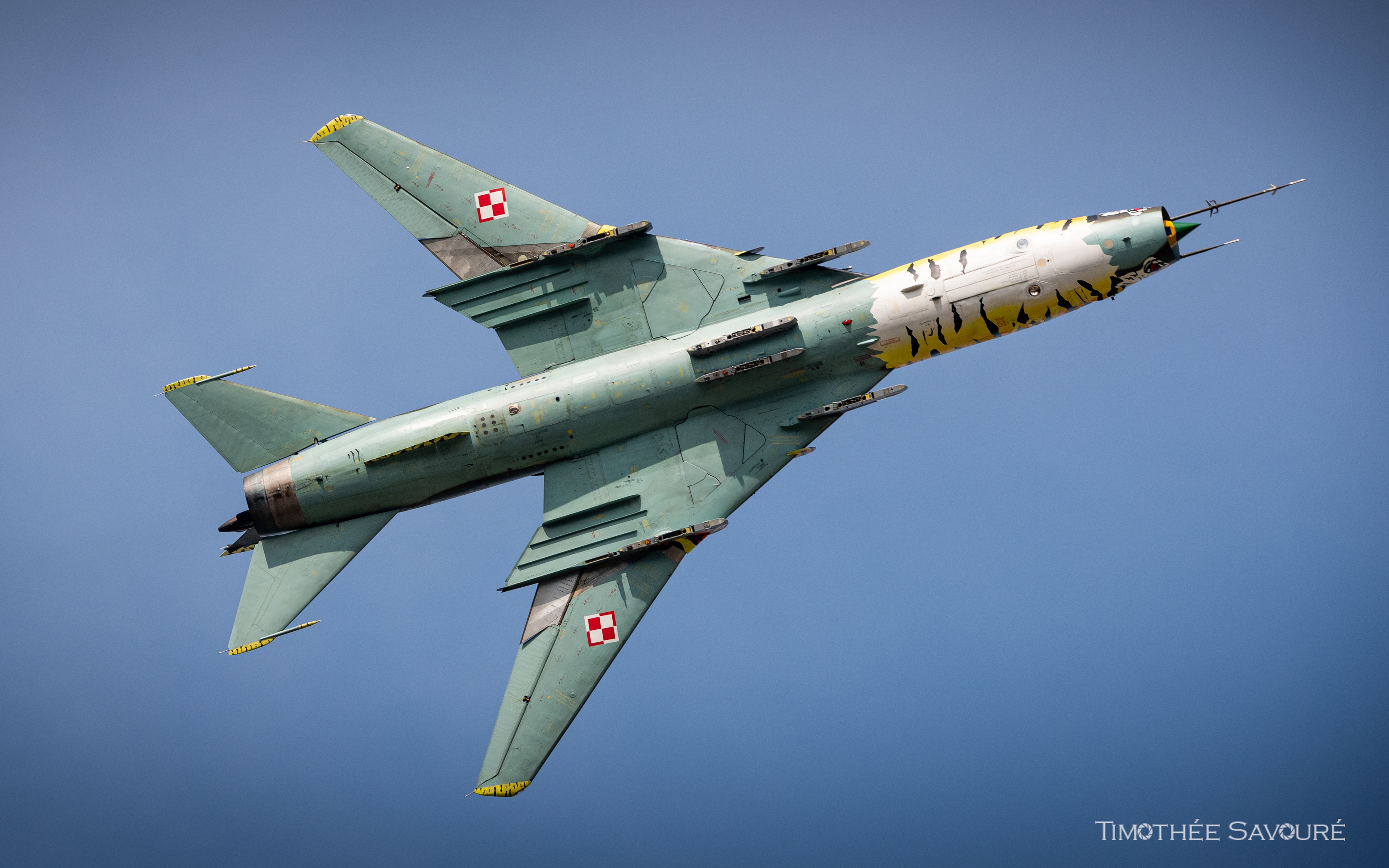
Flypast over Mirosławiec for this Polish Air Force Su-22UM3K coded 707
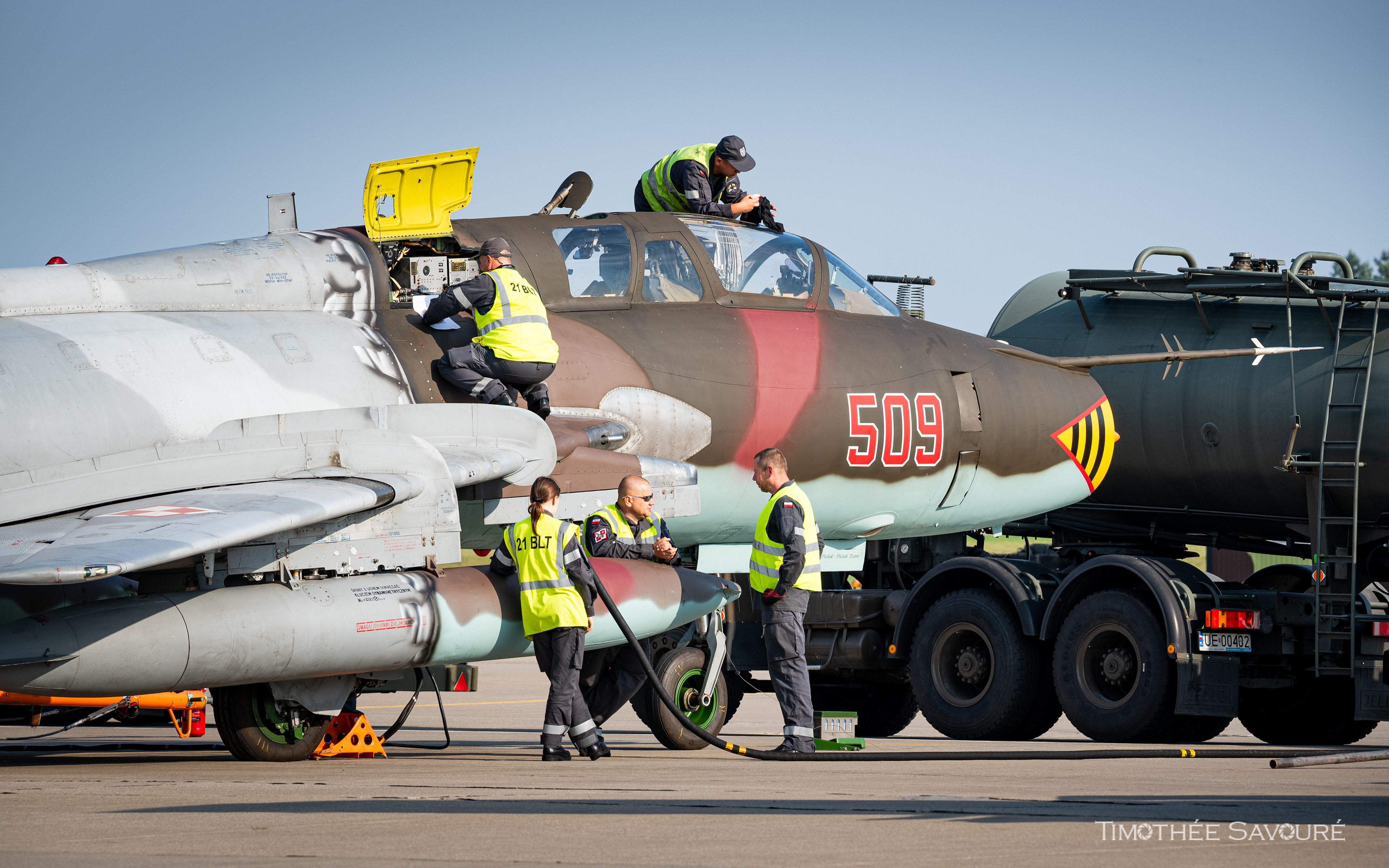
Ground crews taking good care of Su-22 n°509 before one of its last flights
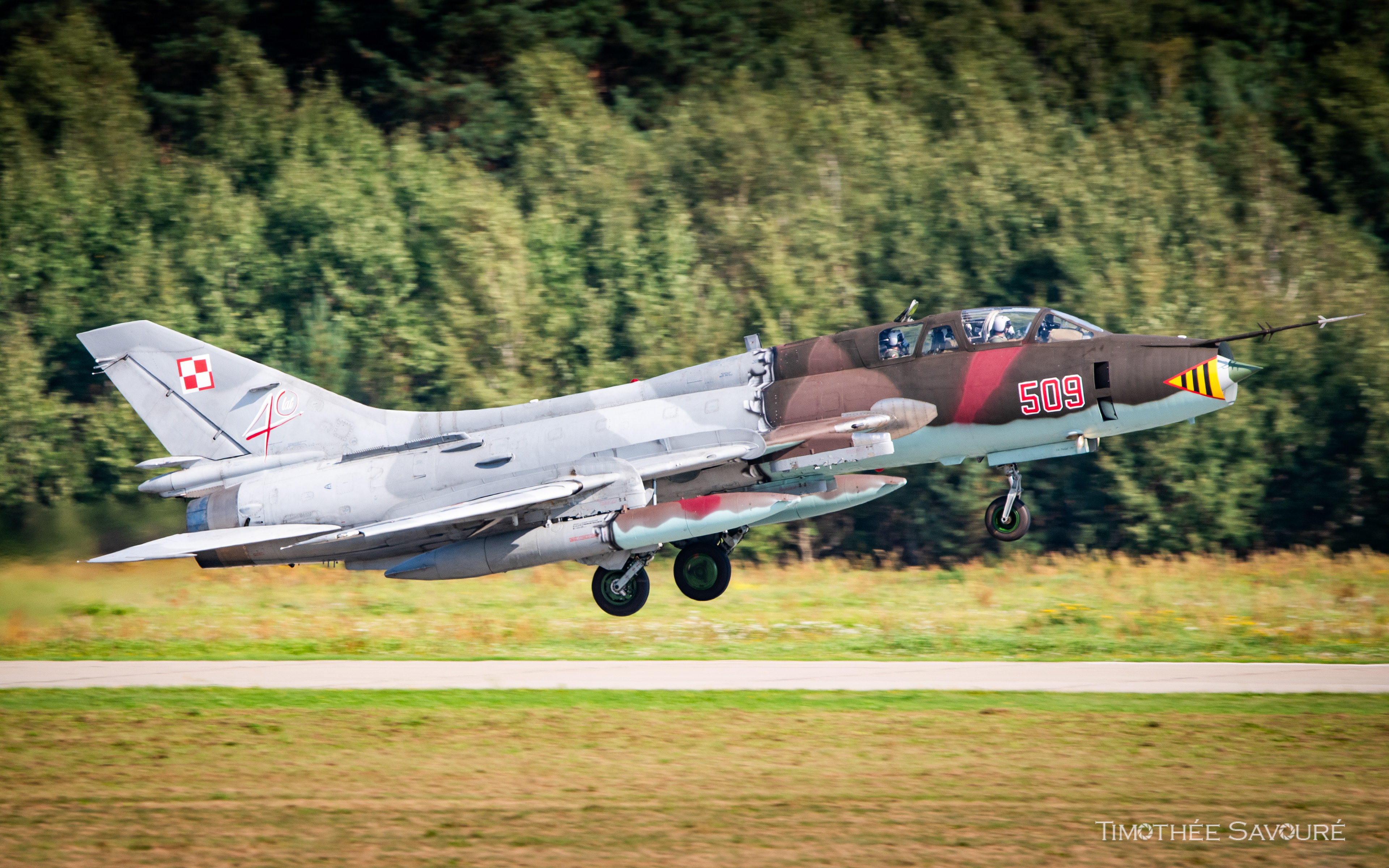
Departure from Mirosławiec for this Su-22UM3K with a hybrid livery
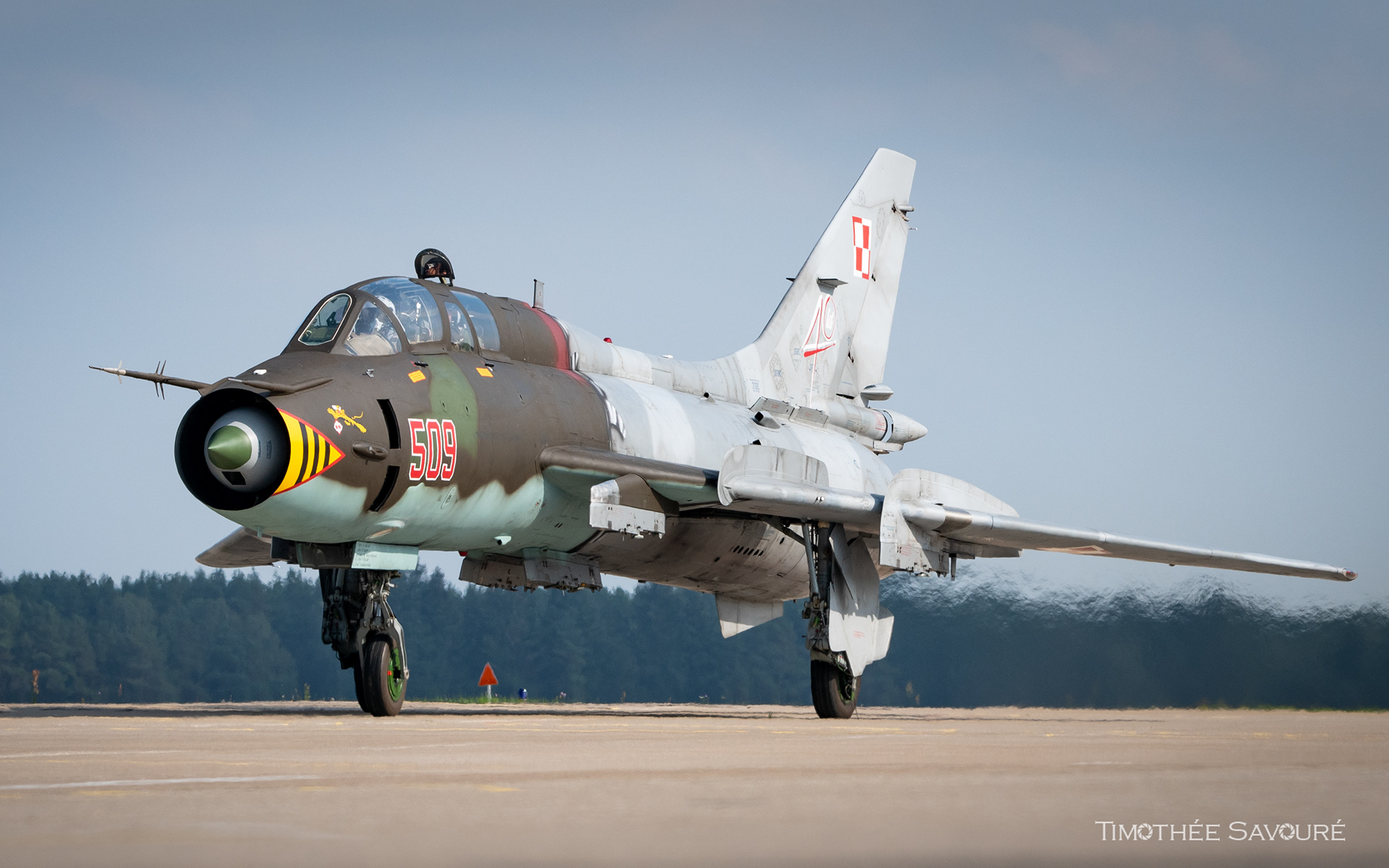
Su-22UM3K without any external fuel tanks, returing from a flight from Mirosławiec
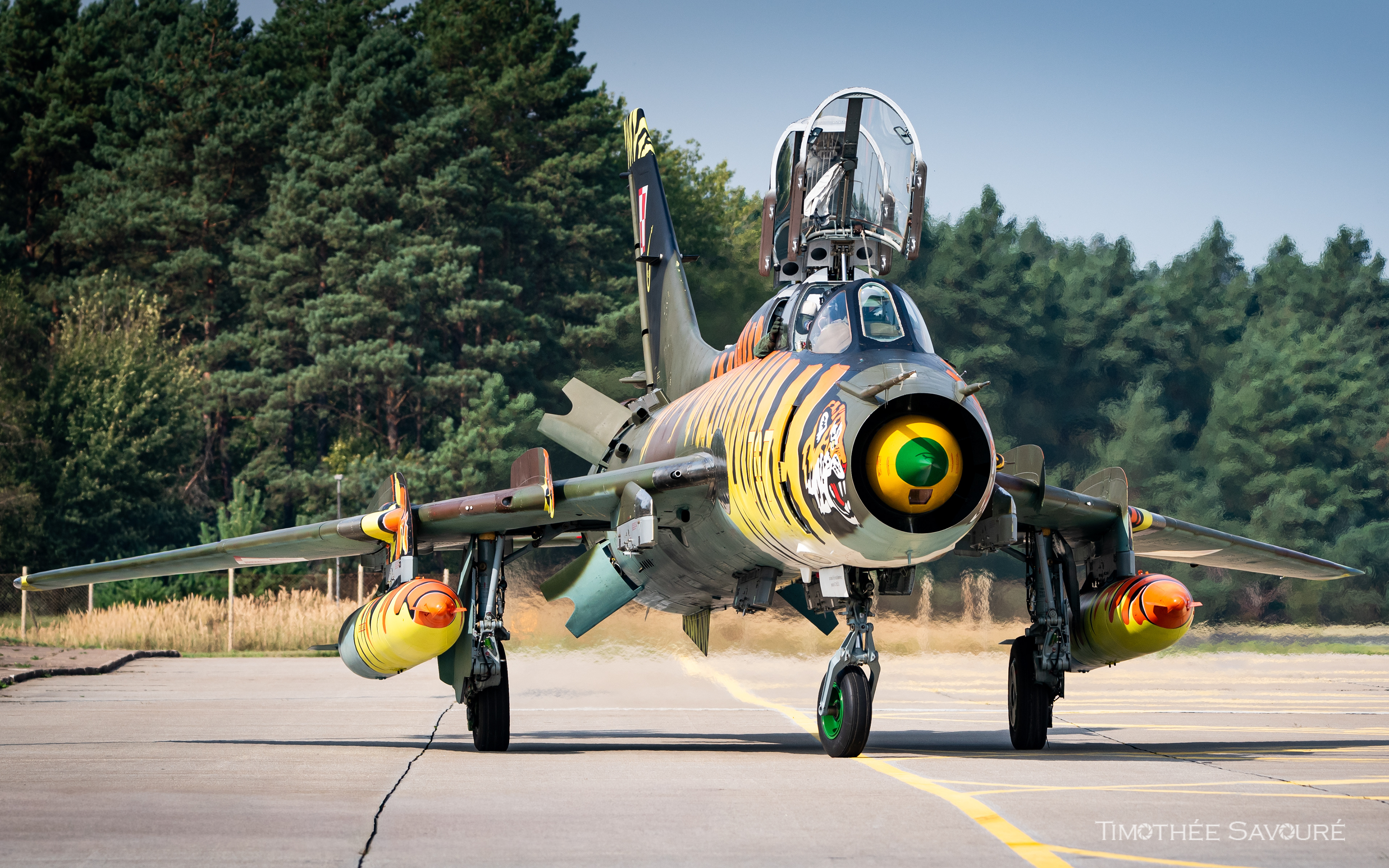
Su-22UM3K Fitter n°707 with its renowned Tiger livery taxiing in Mirosławiec
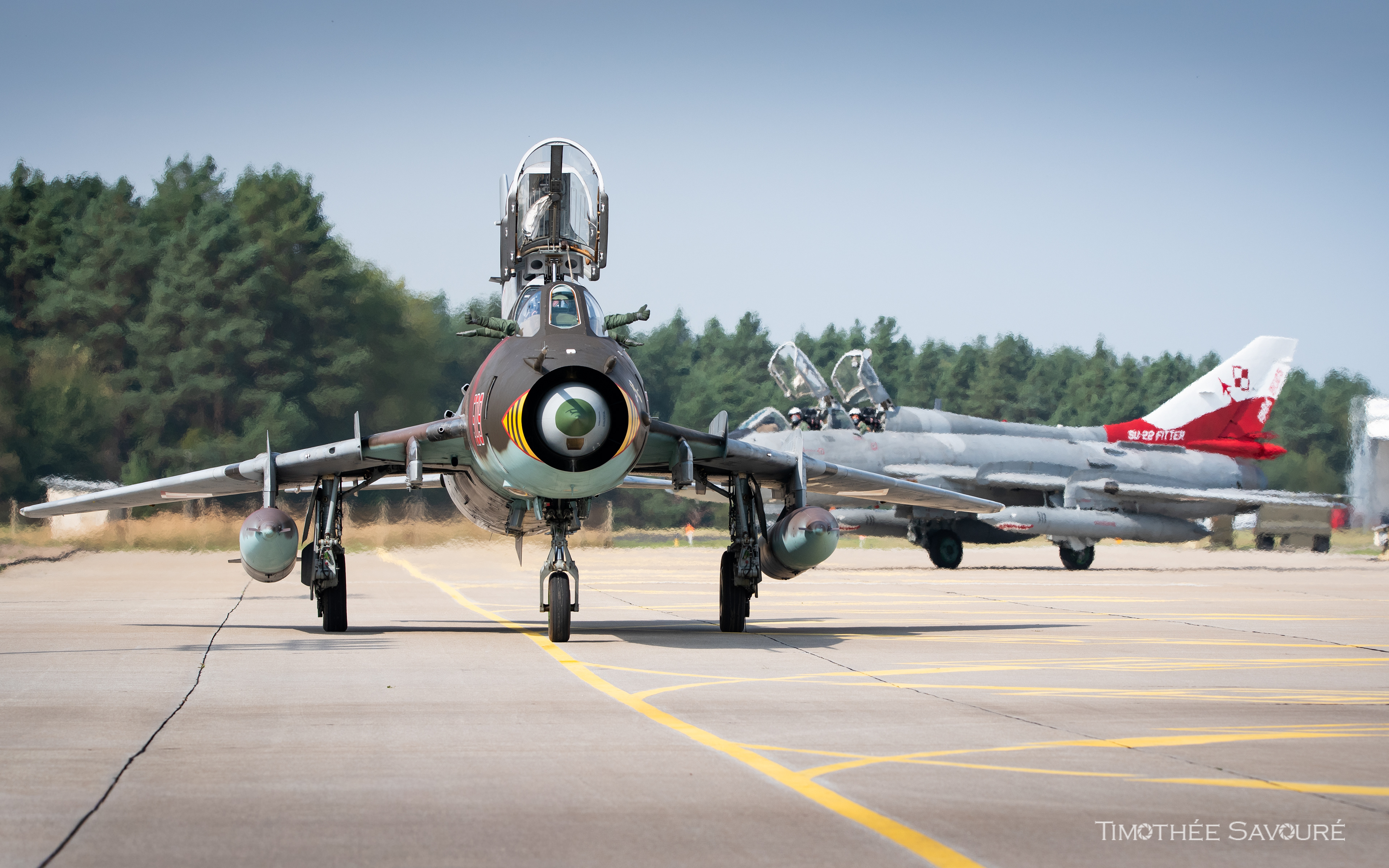
A pair of Su-22 Fitters returing to Mirosławiec
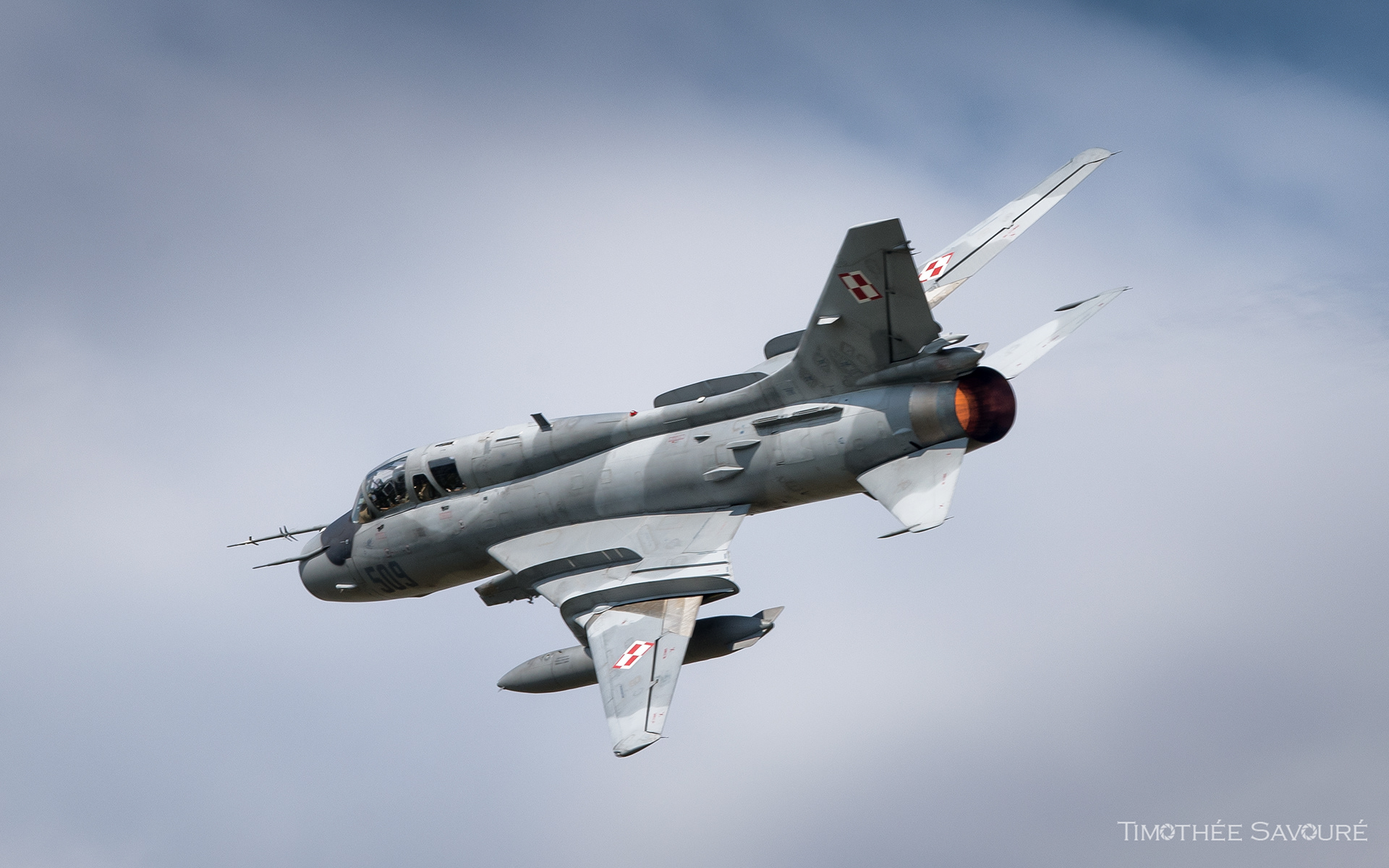
Polish Air Force Sukhoi Su-22M4 on a high speed flypast during Radom Air Show 2023
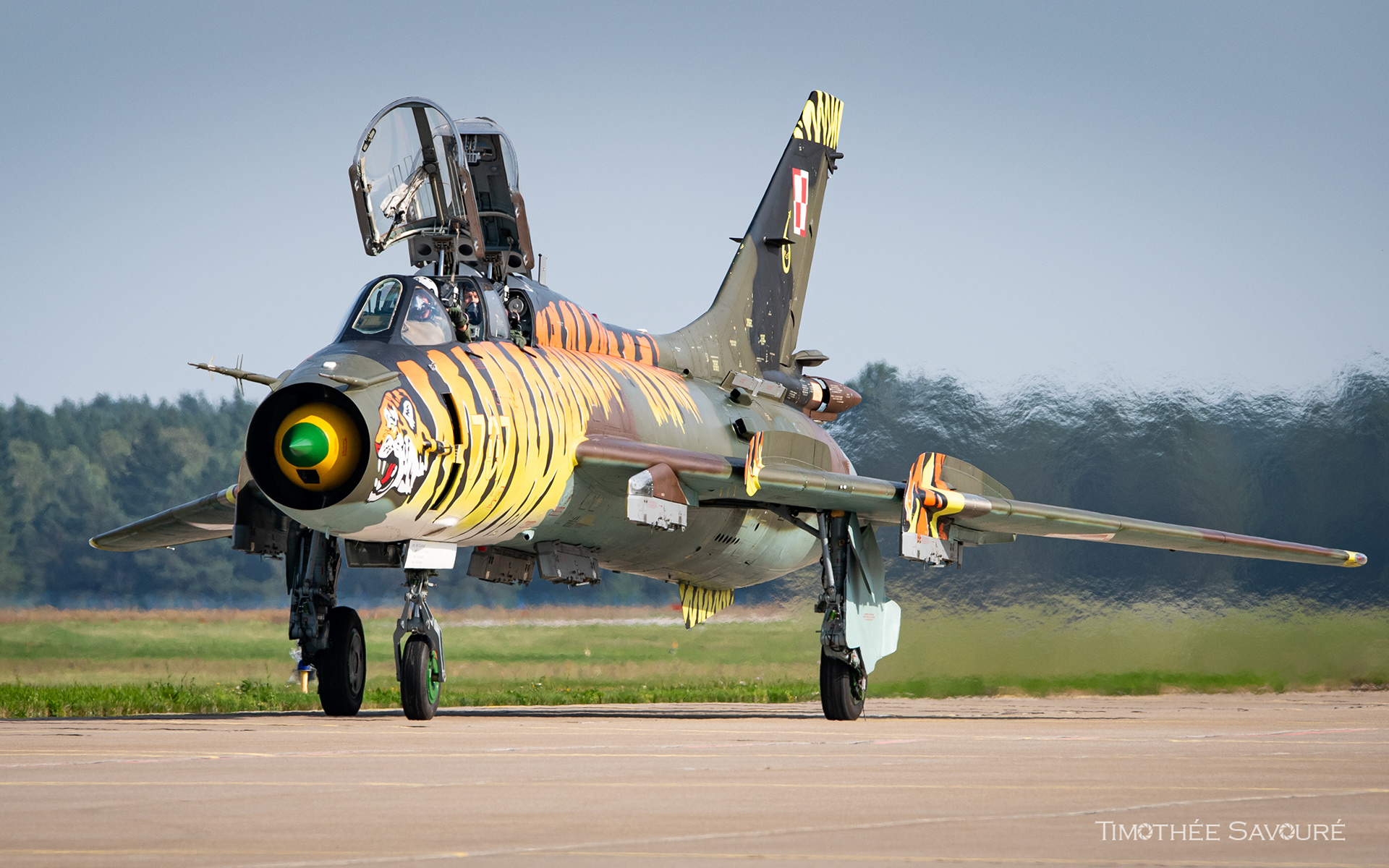
Su-22UM3K Fitter n°707 Tiger livery taxiing in Mirosławiec
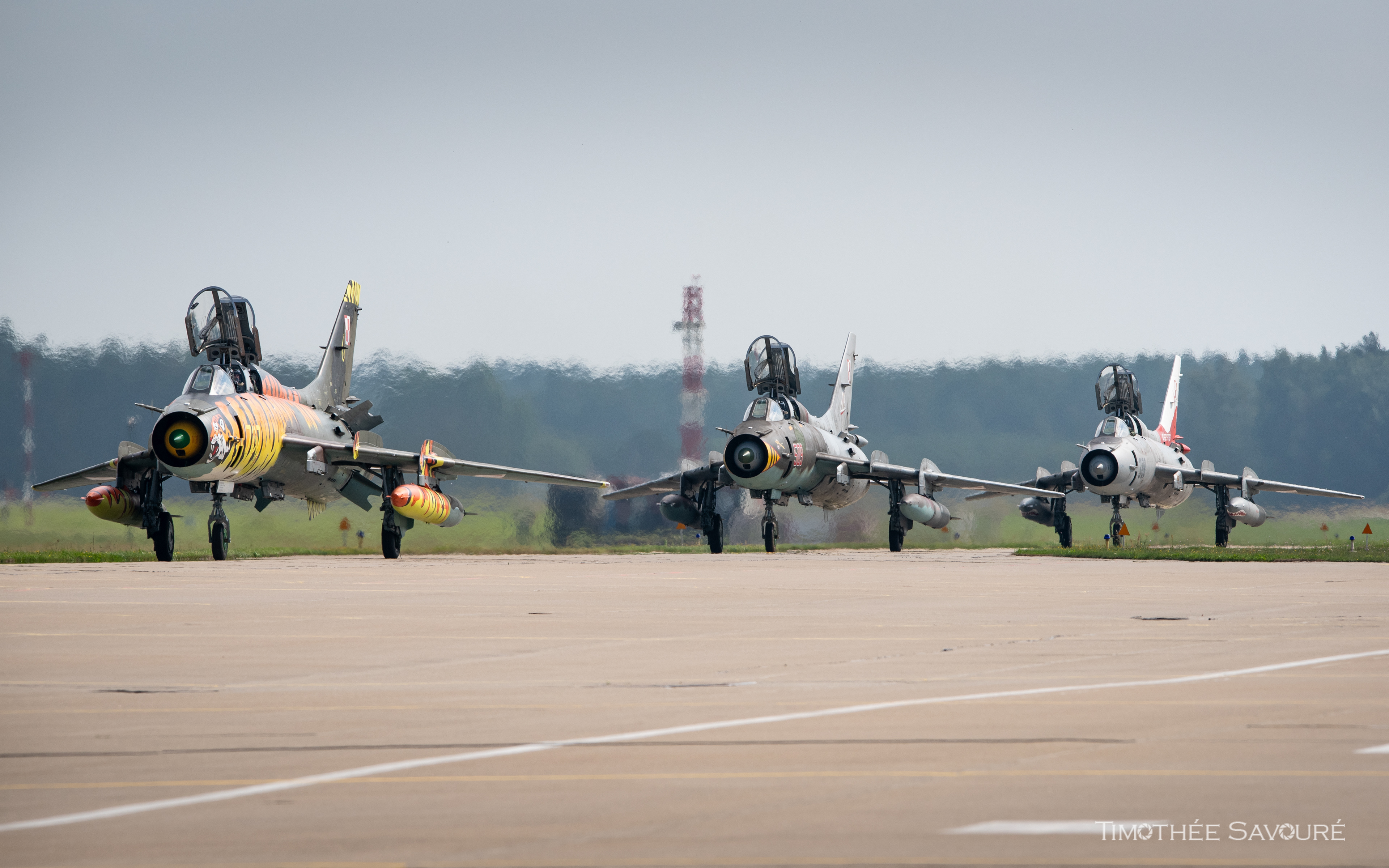
The trio of Fitters returning to Mirosławiec during the retirement ceremony




